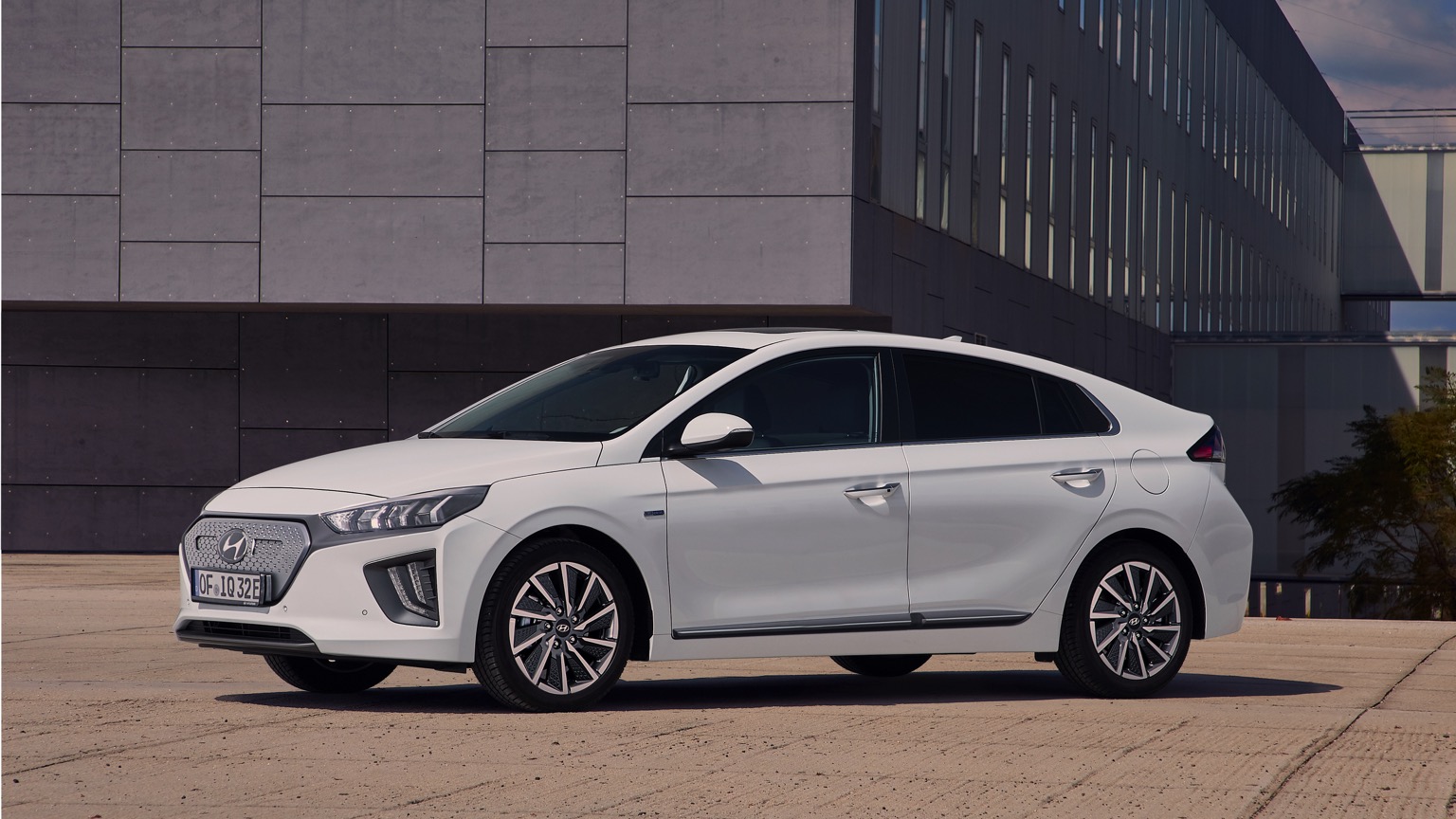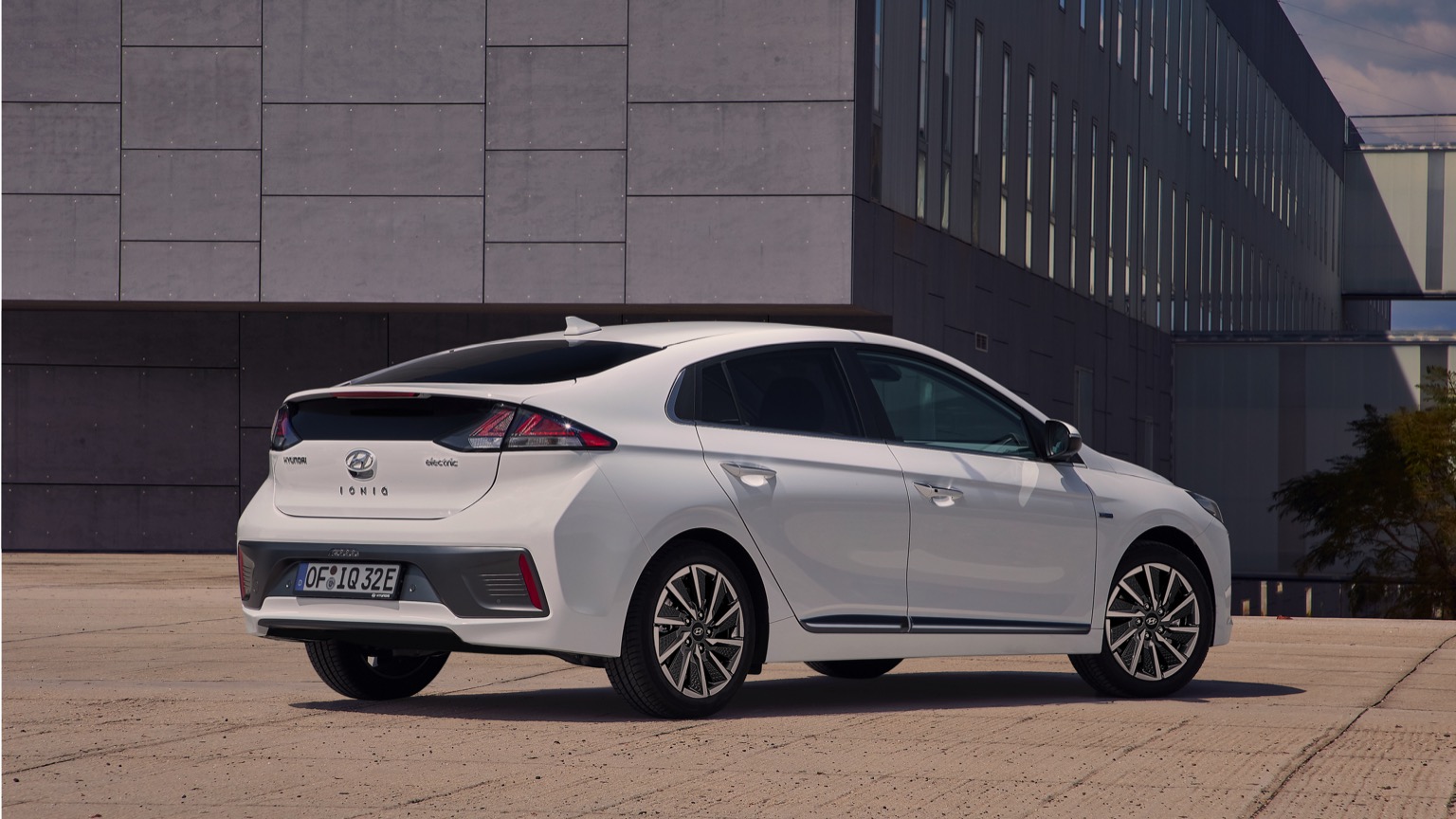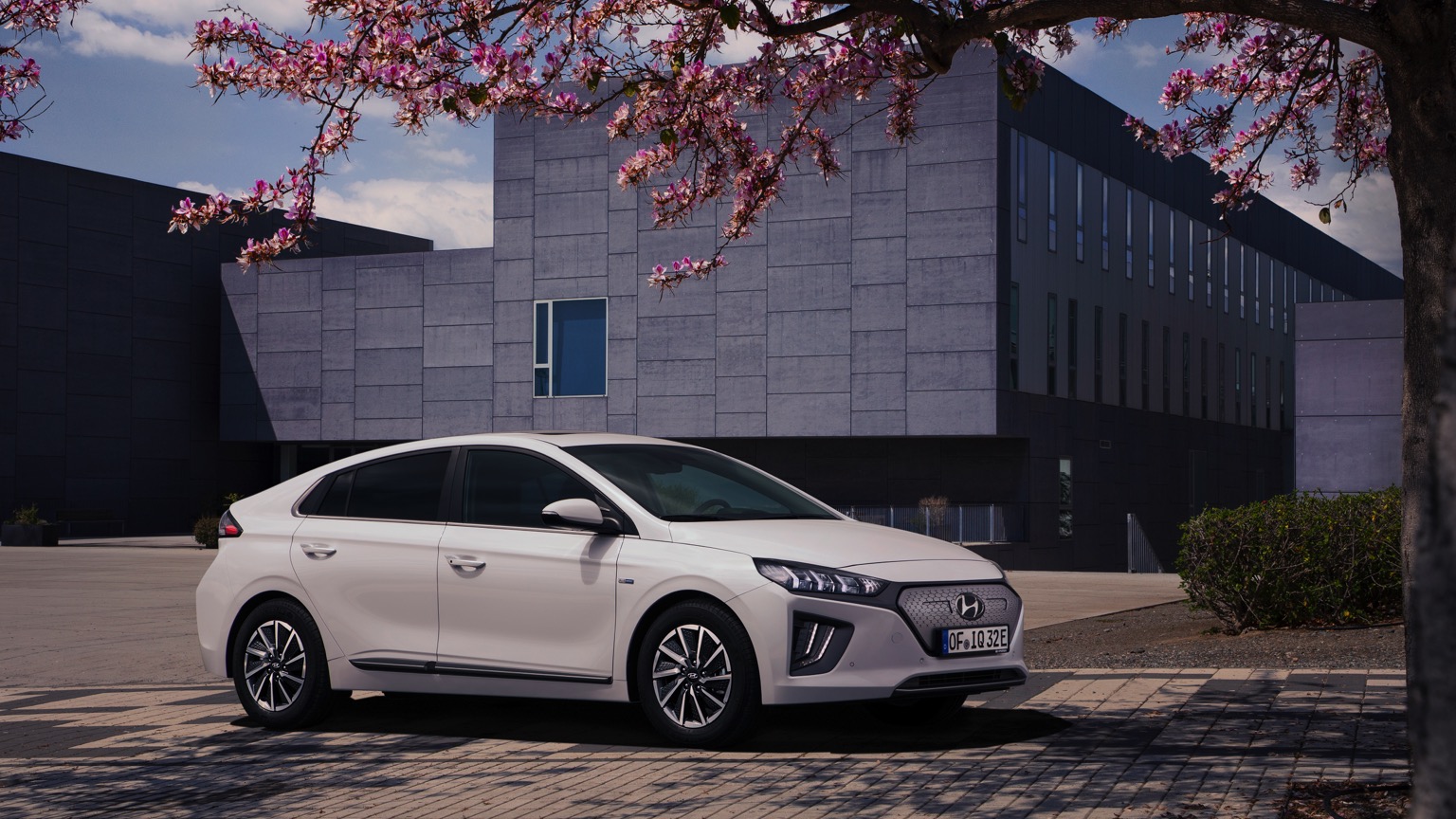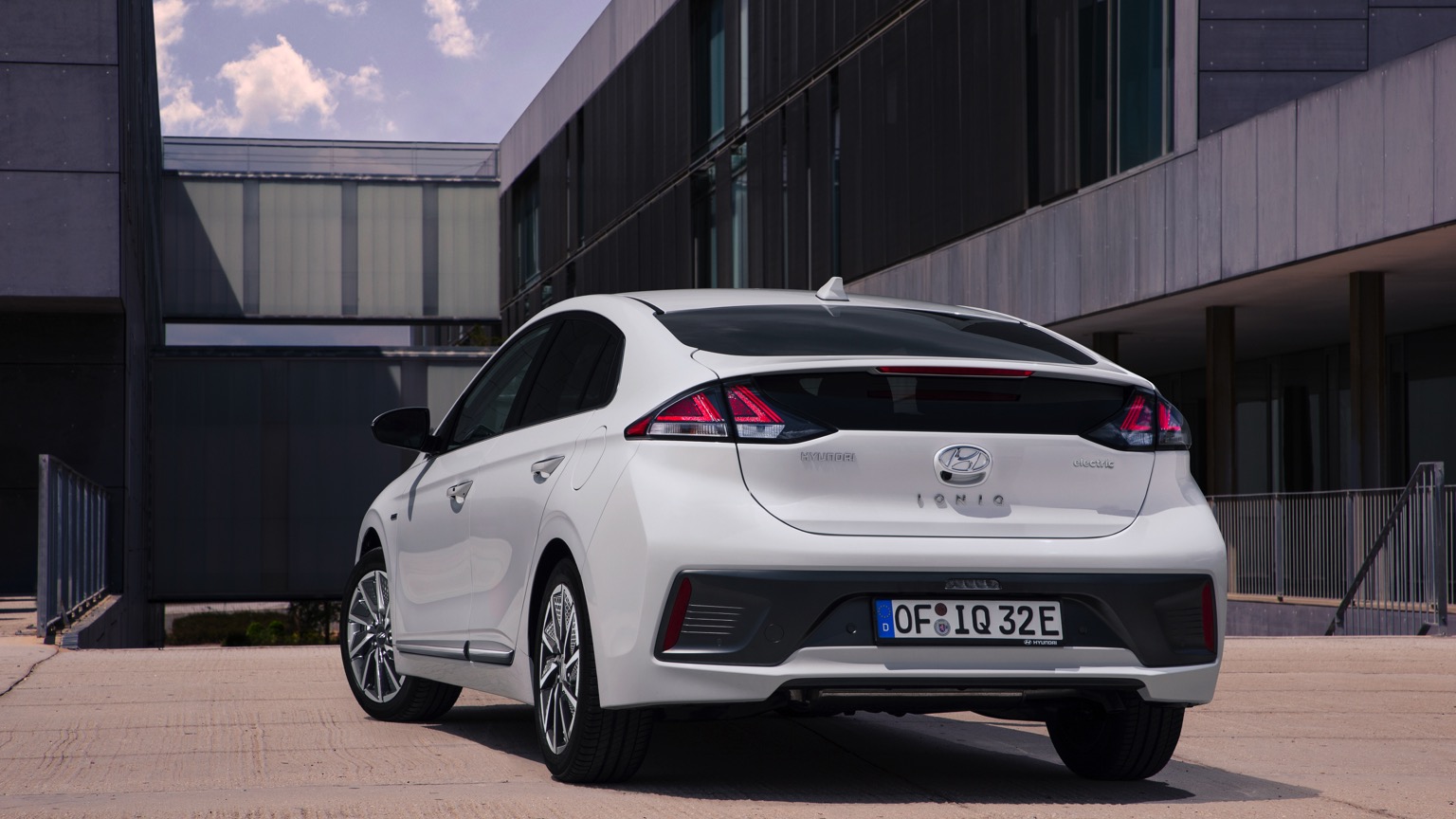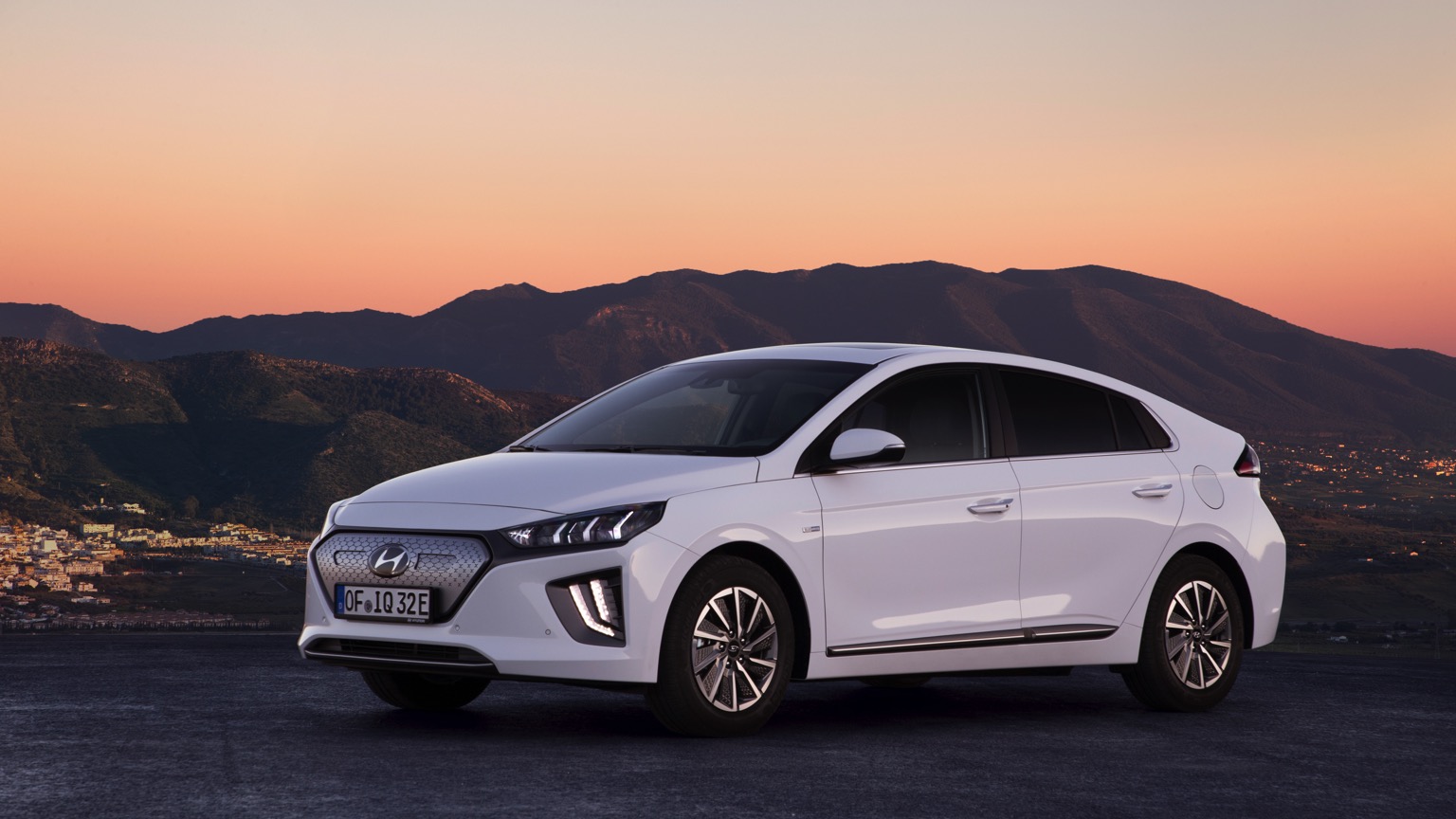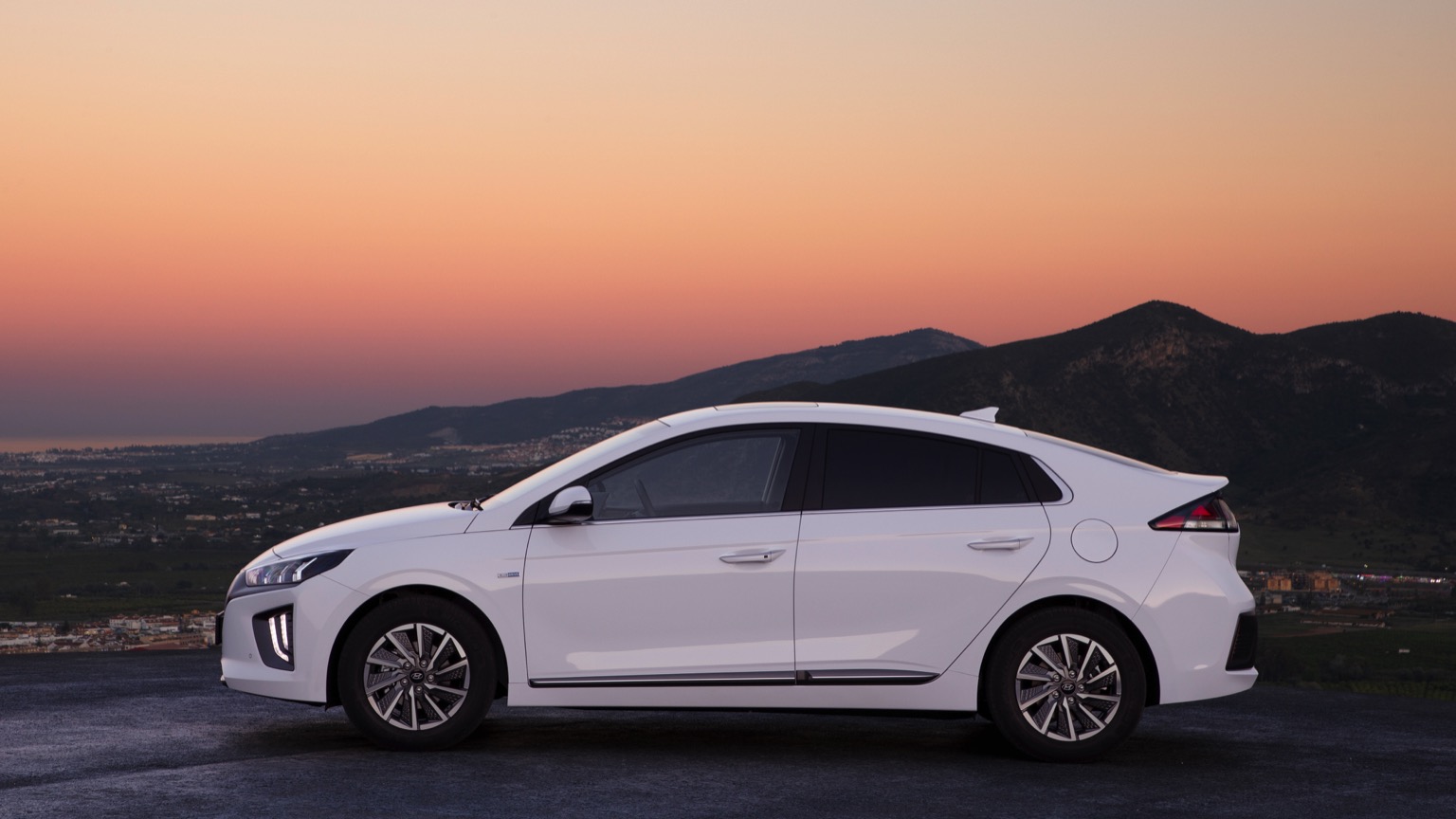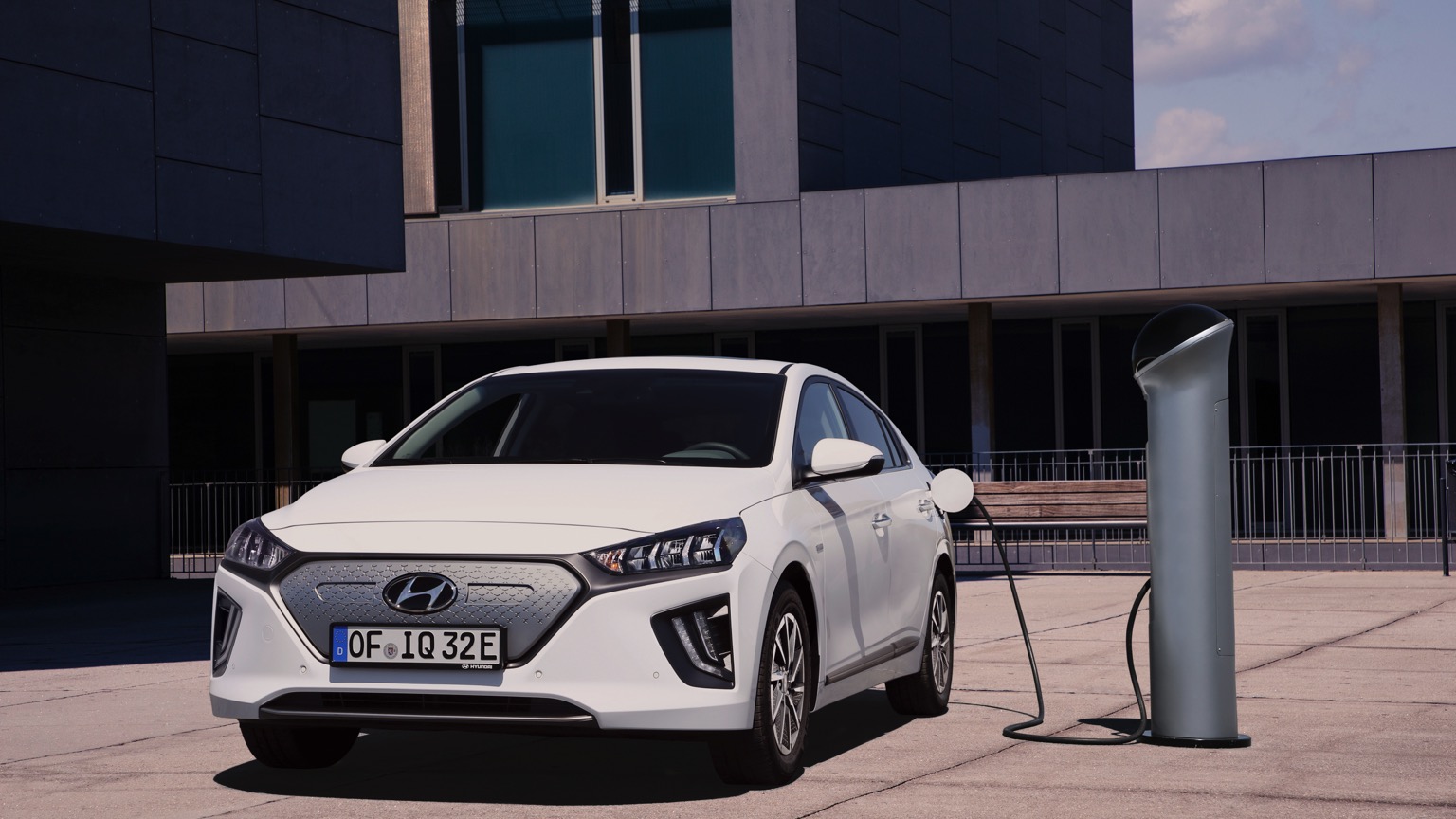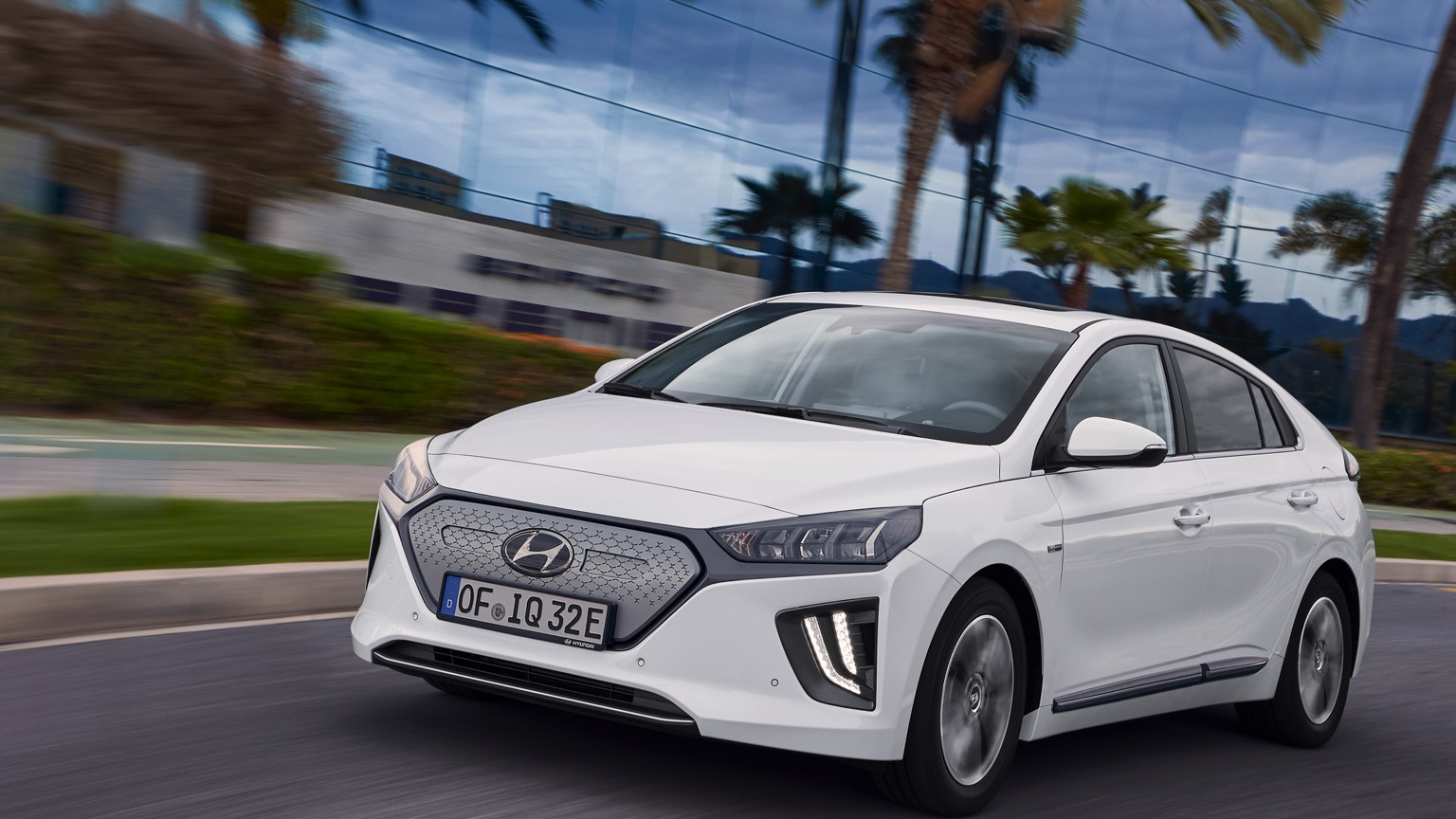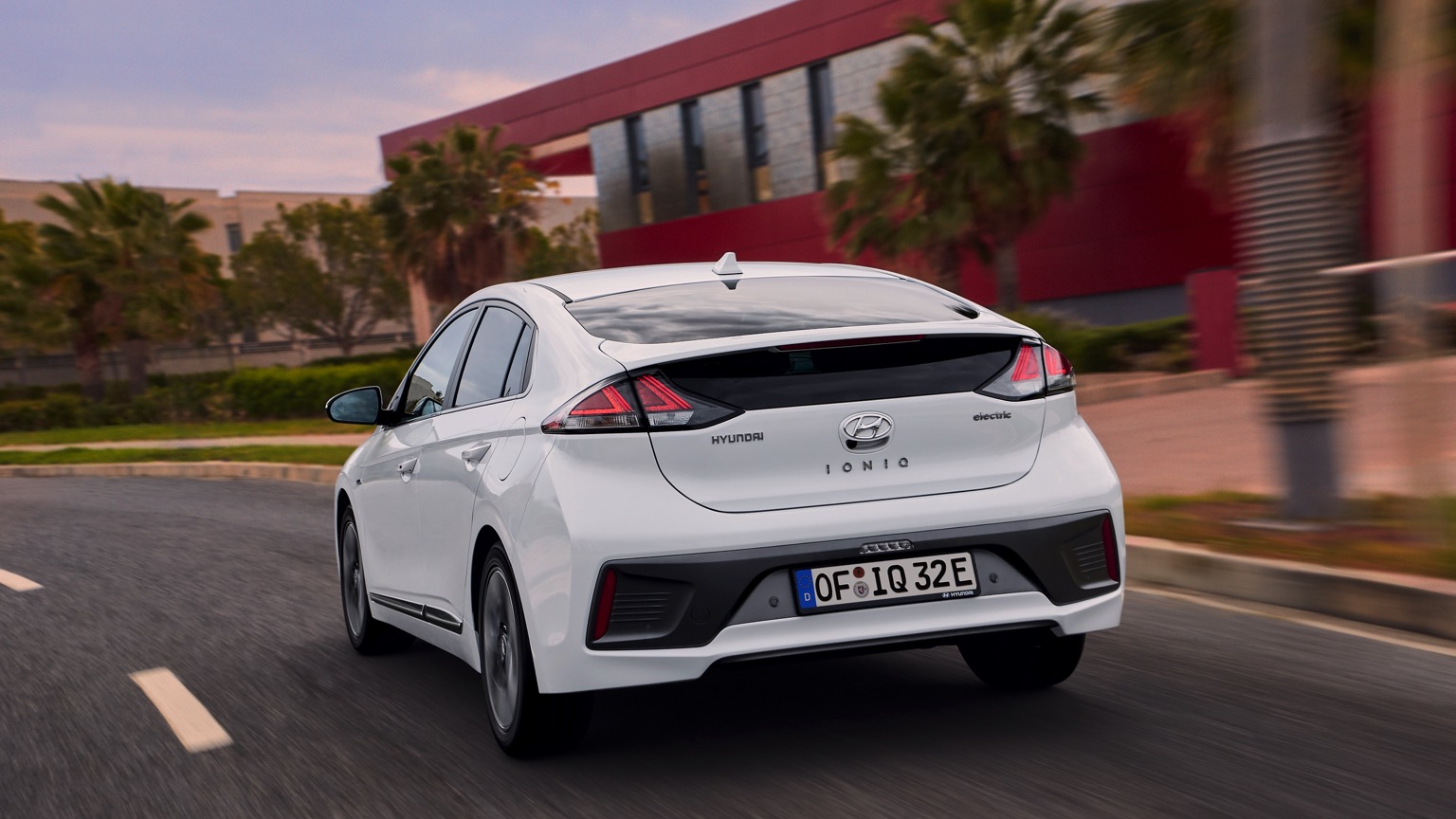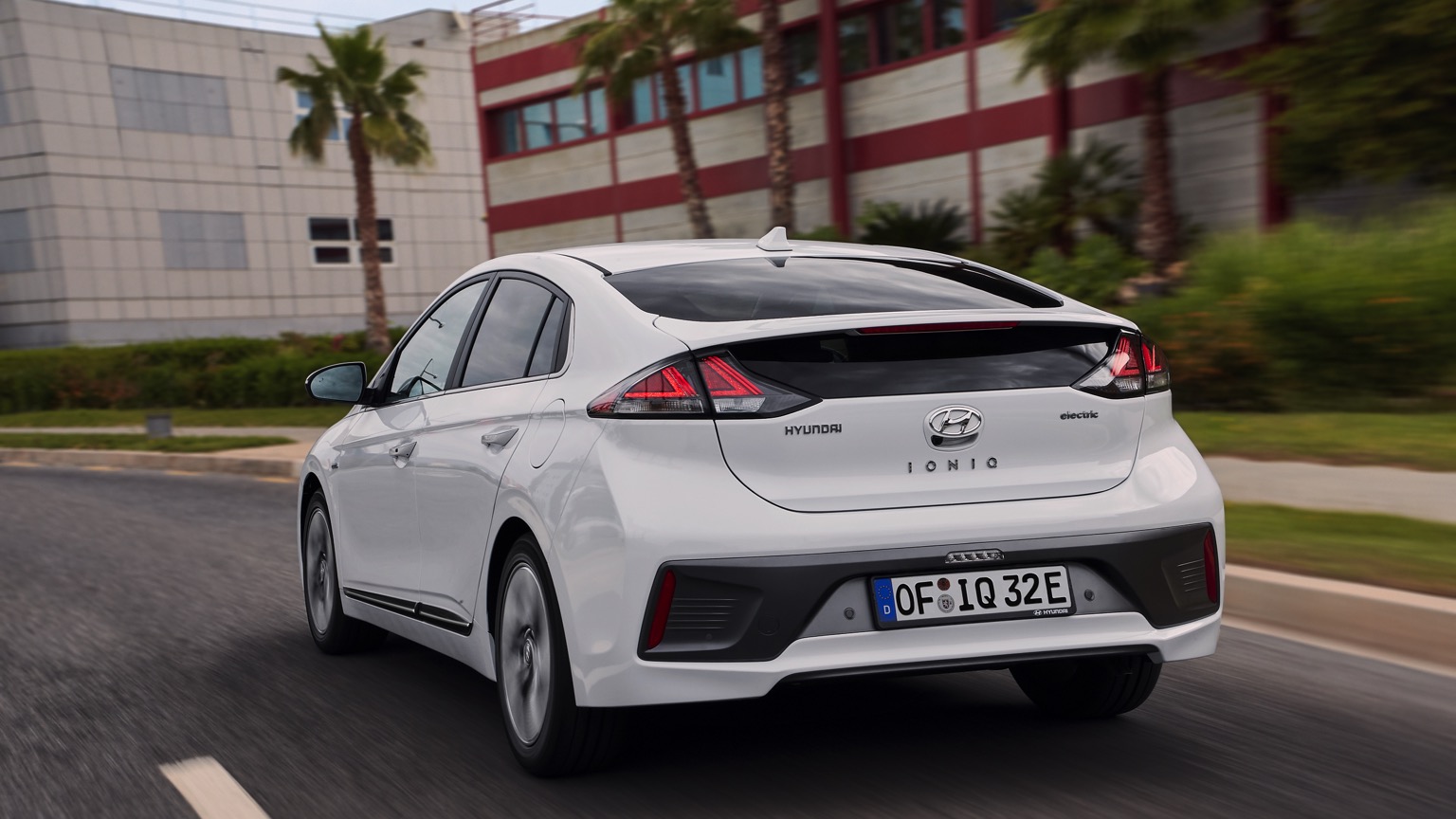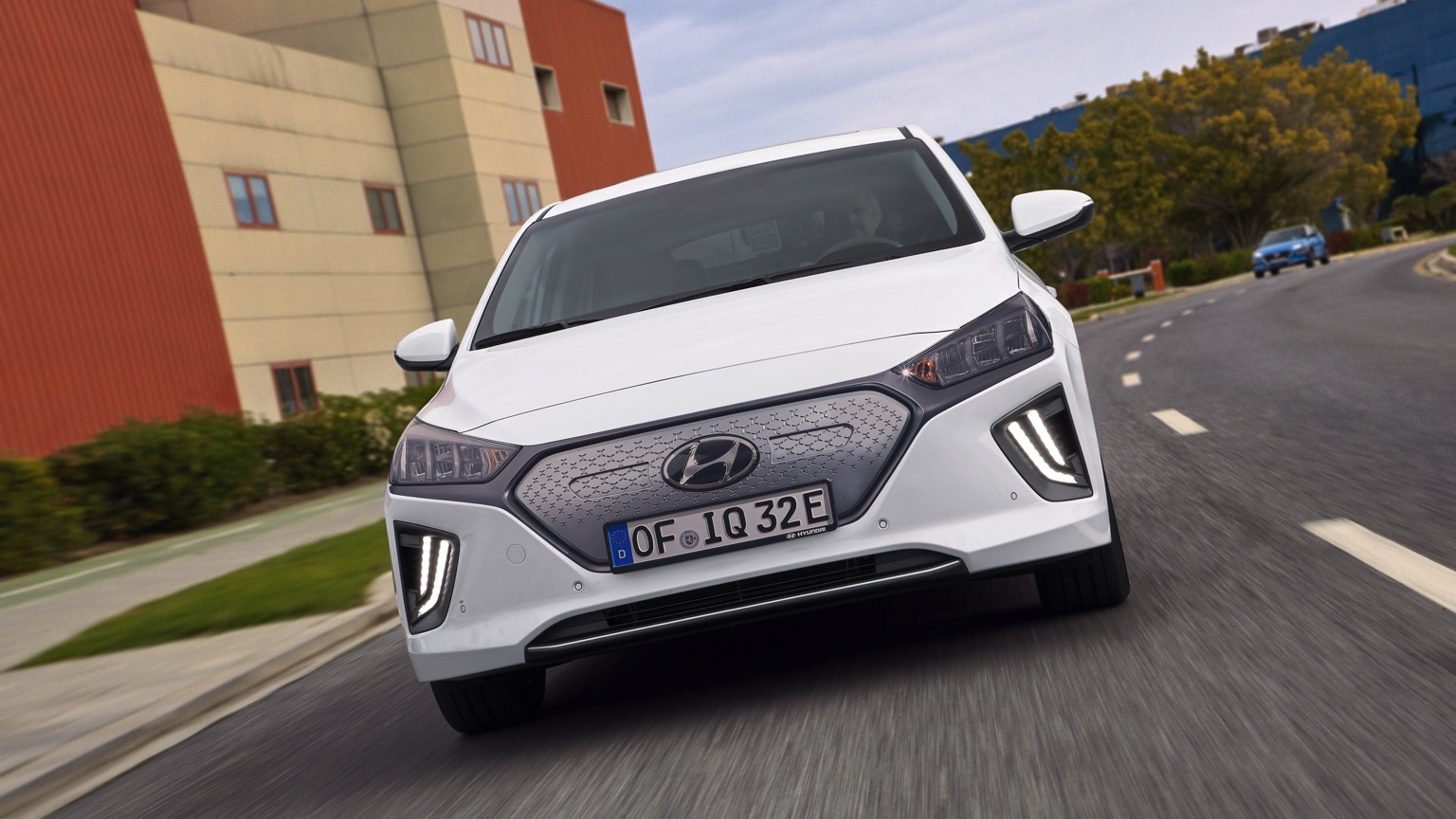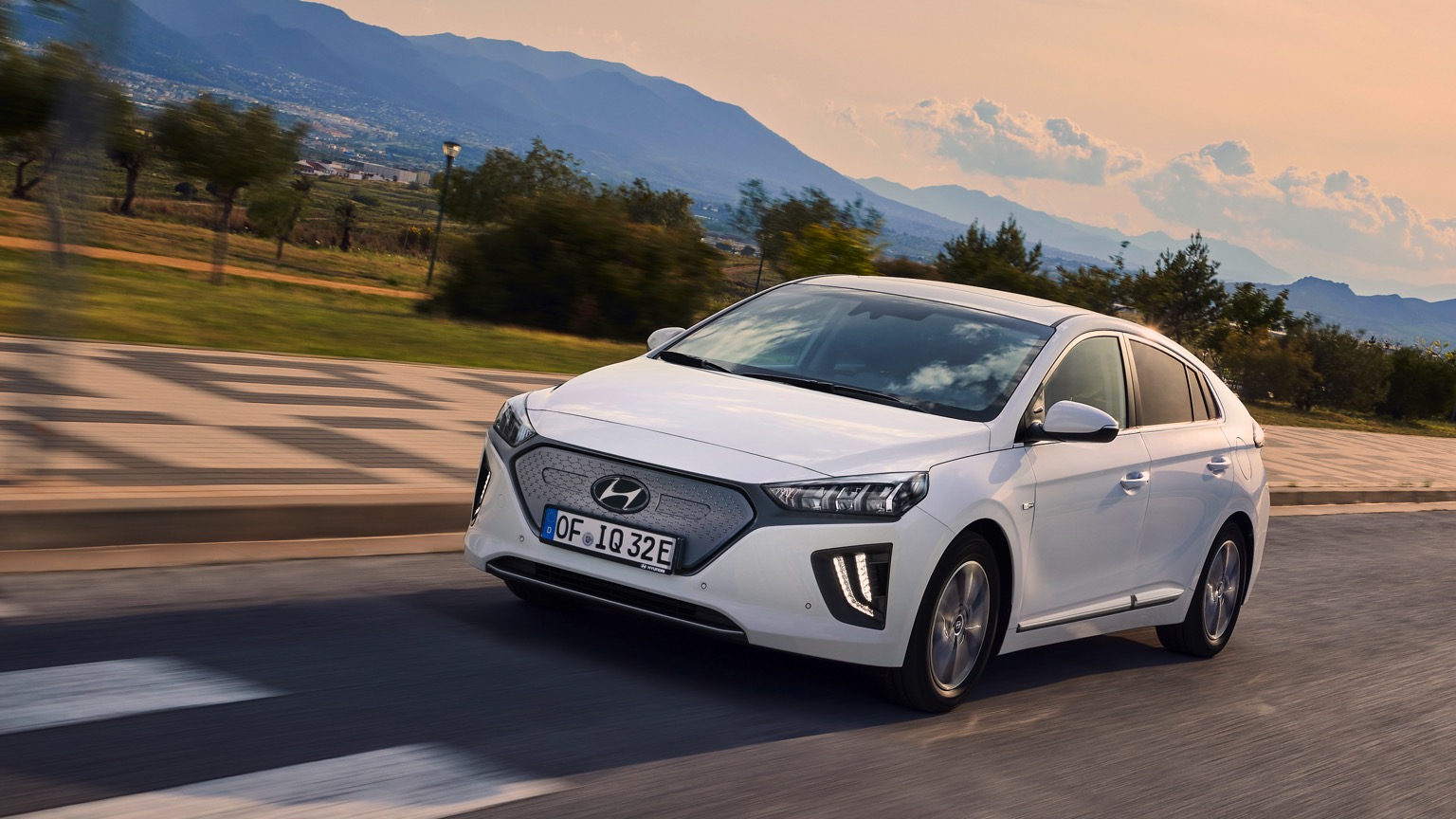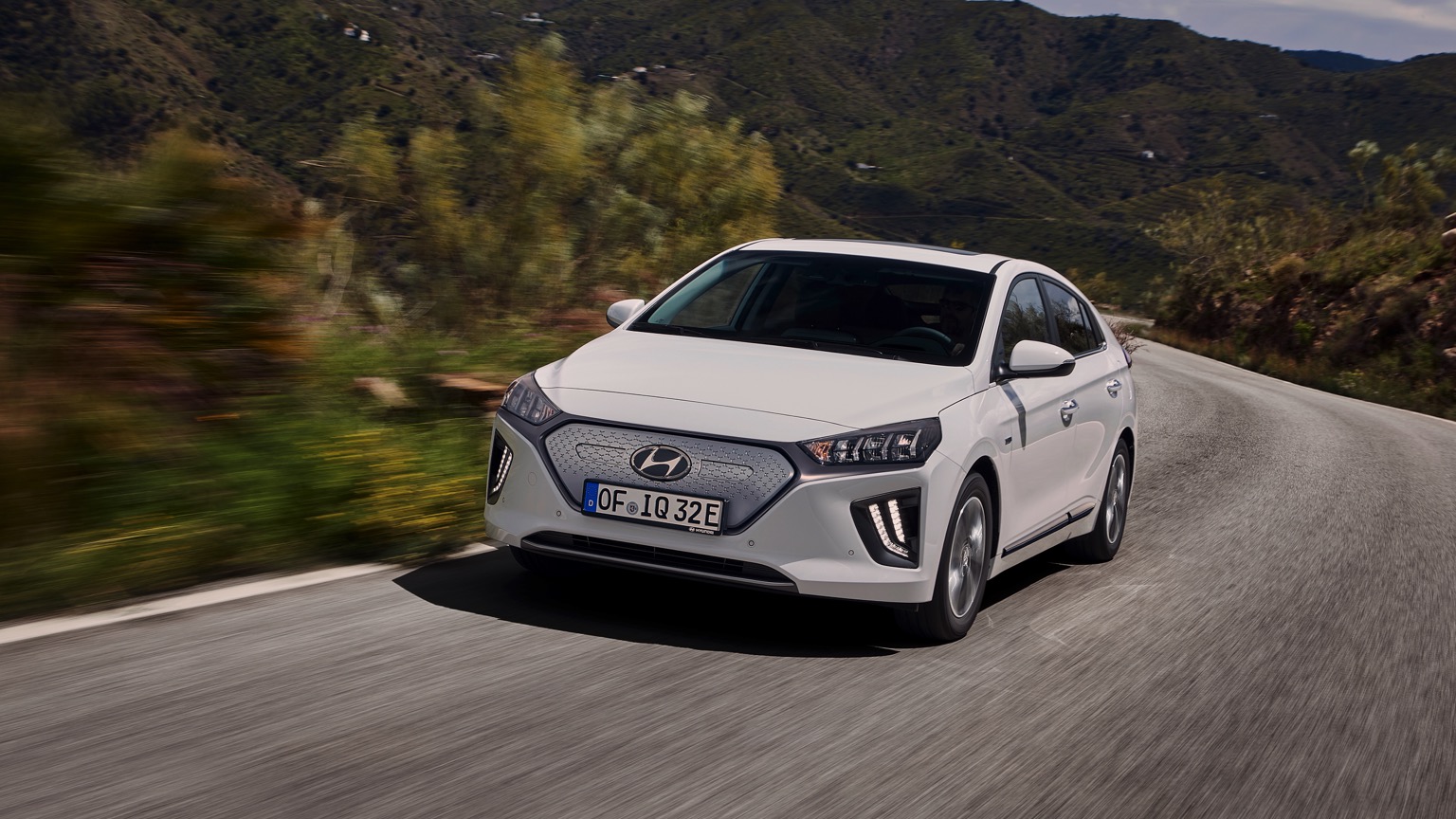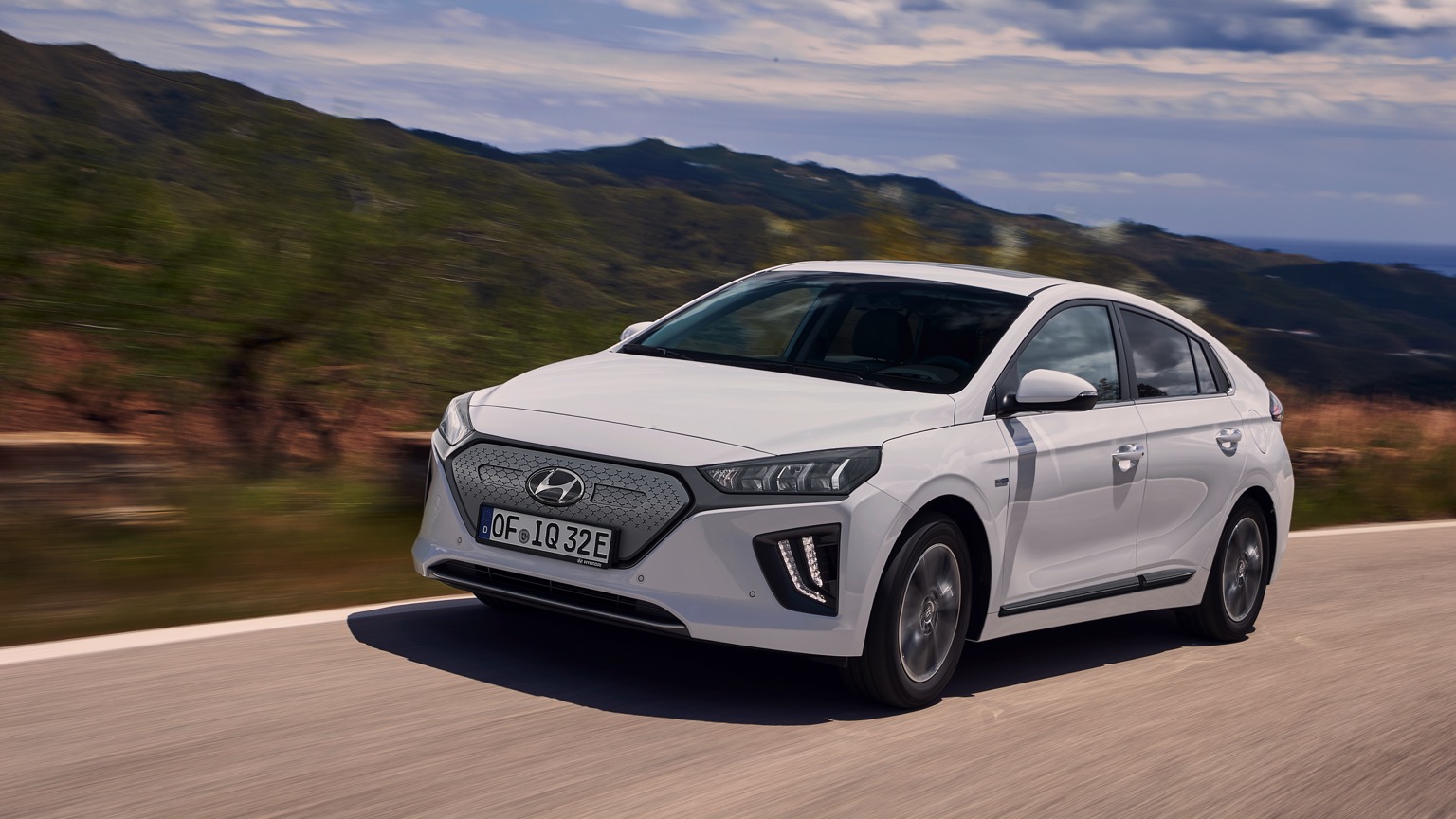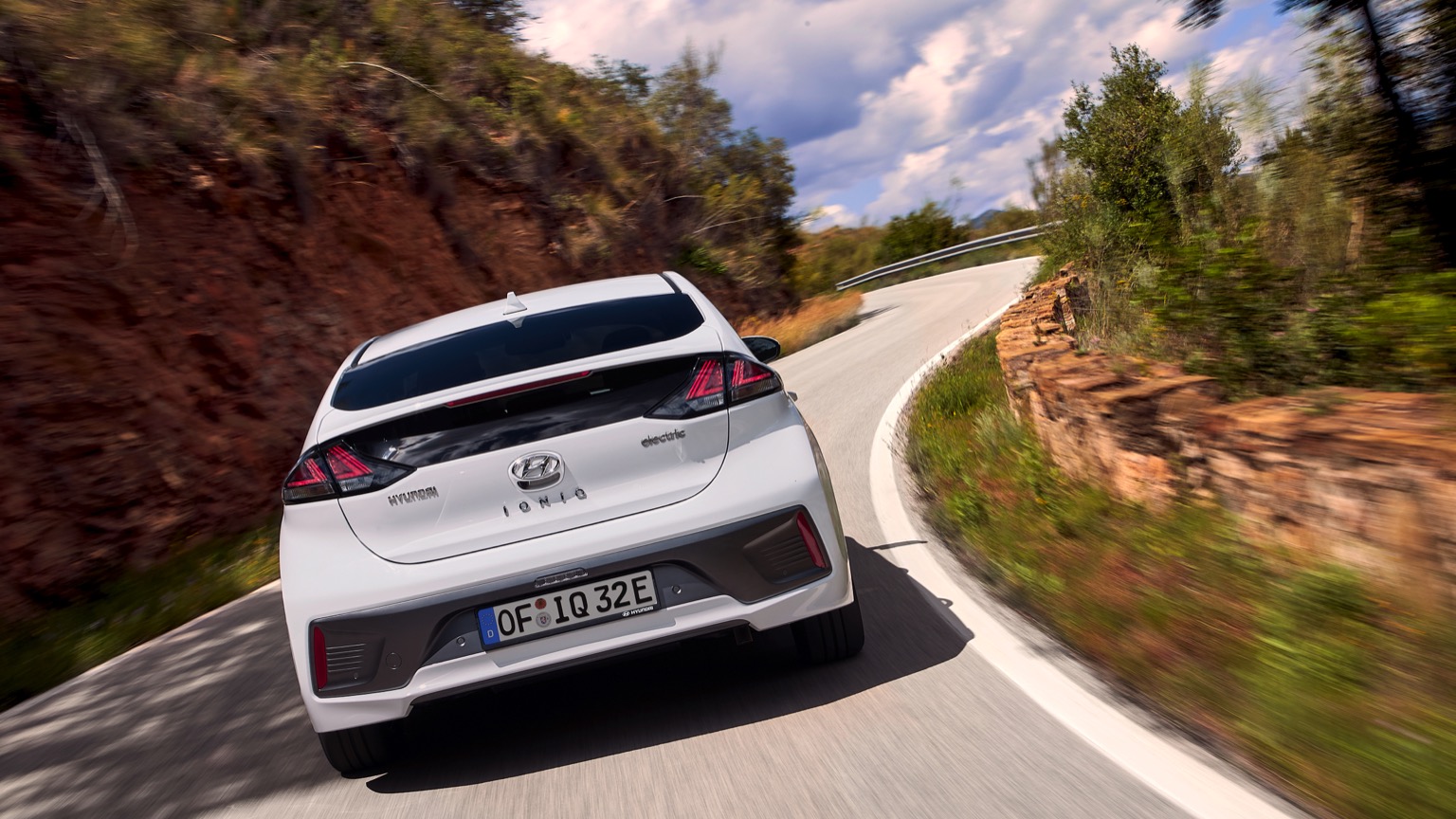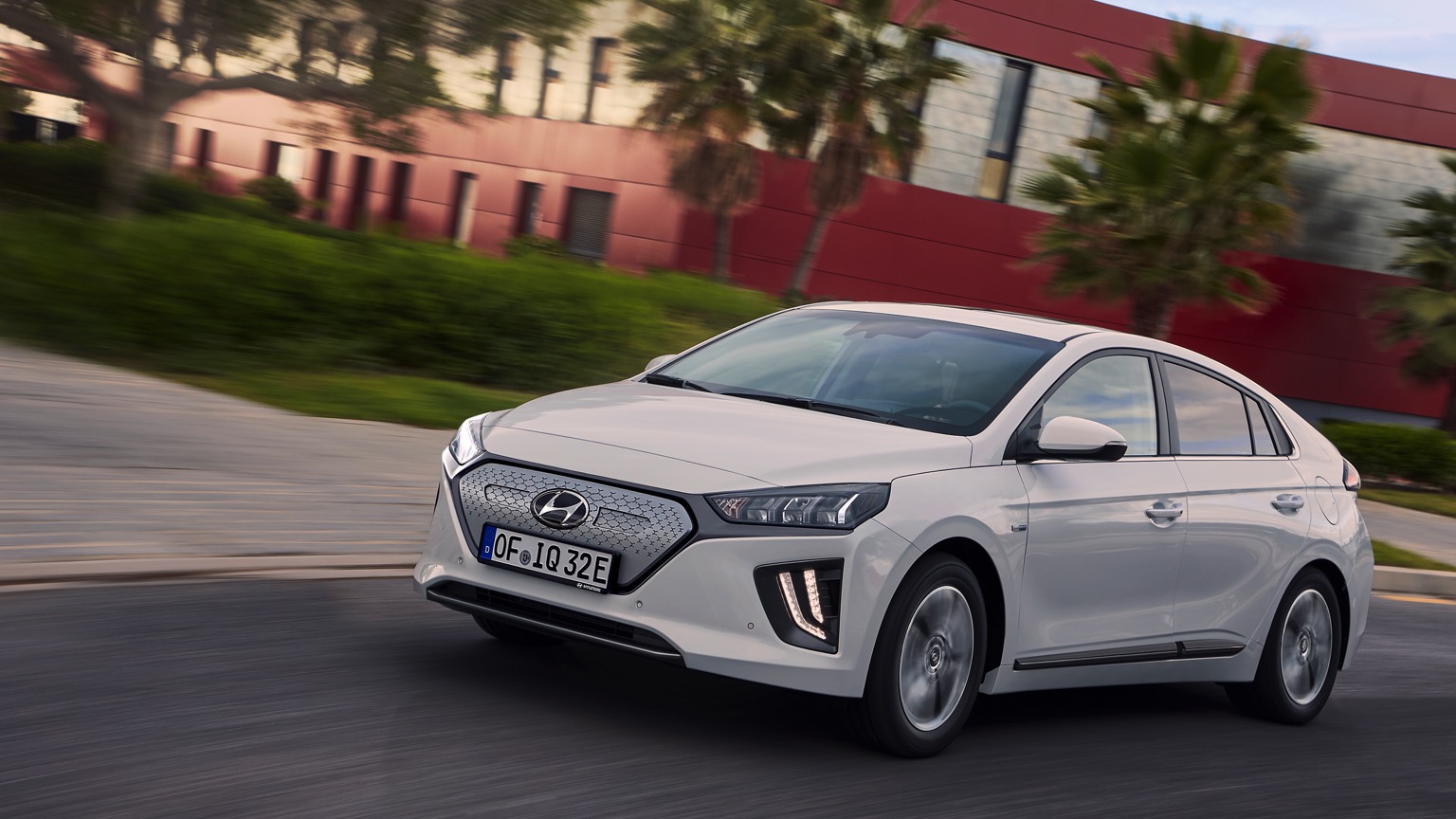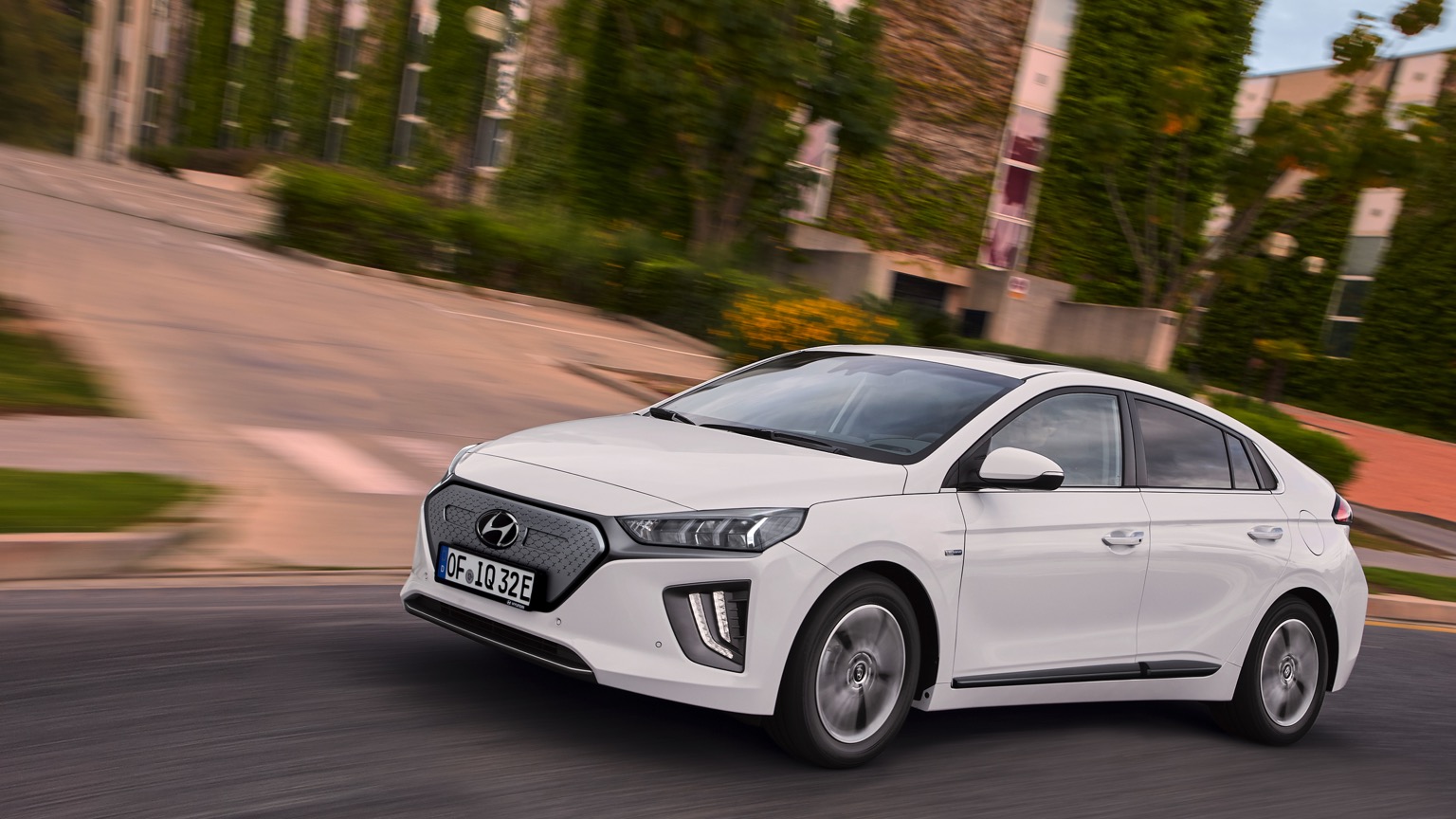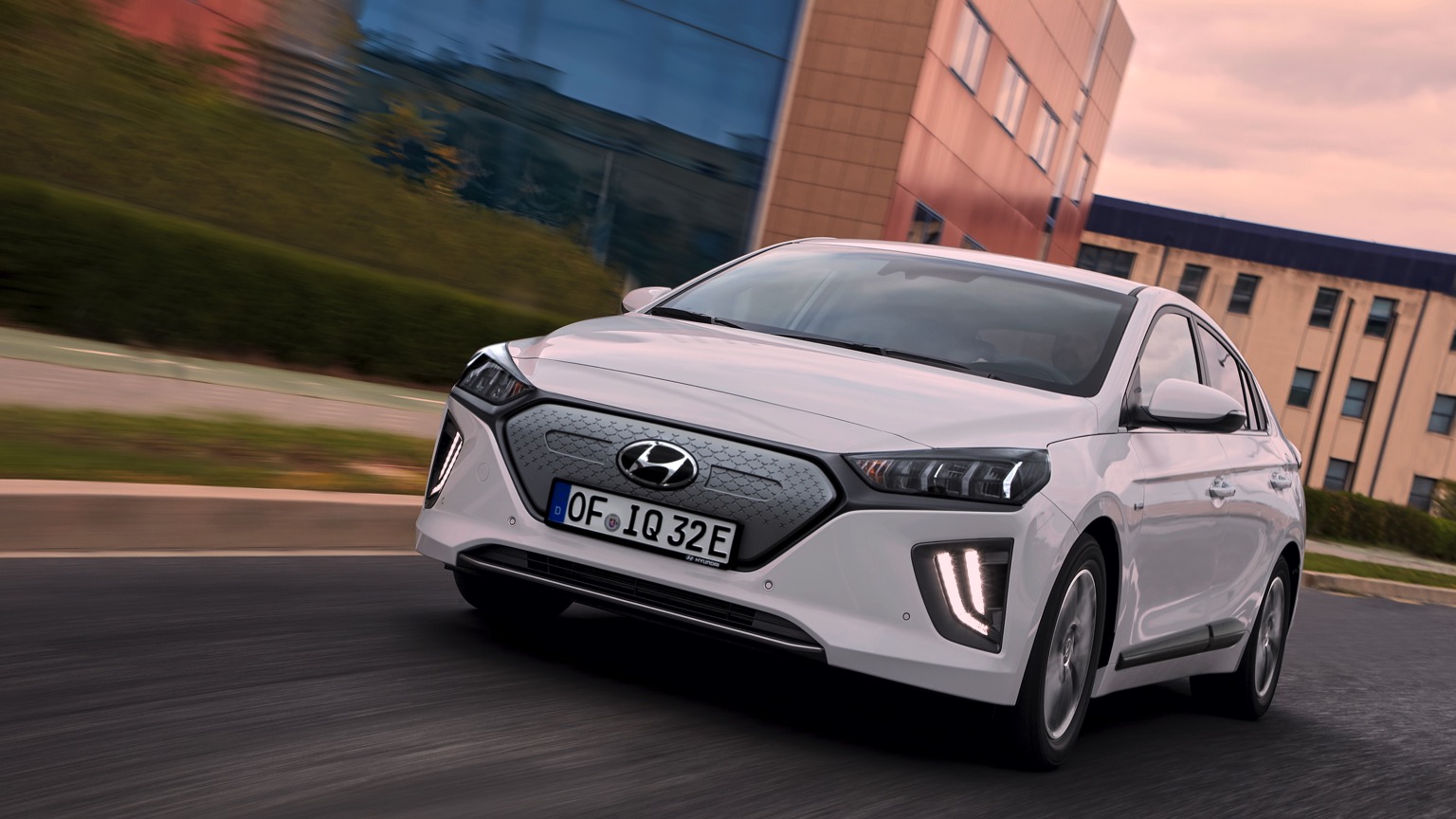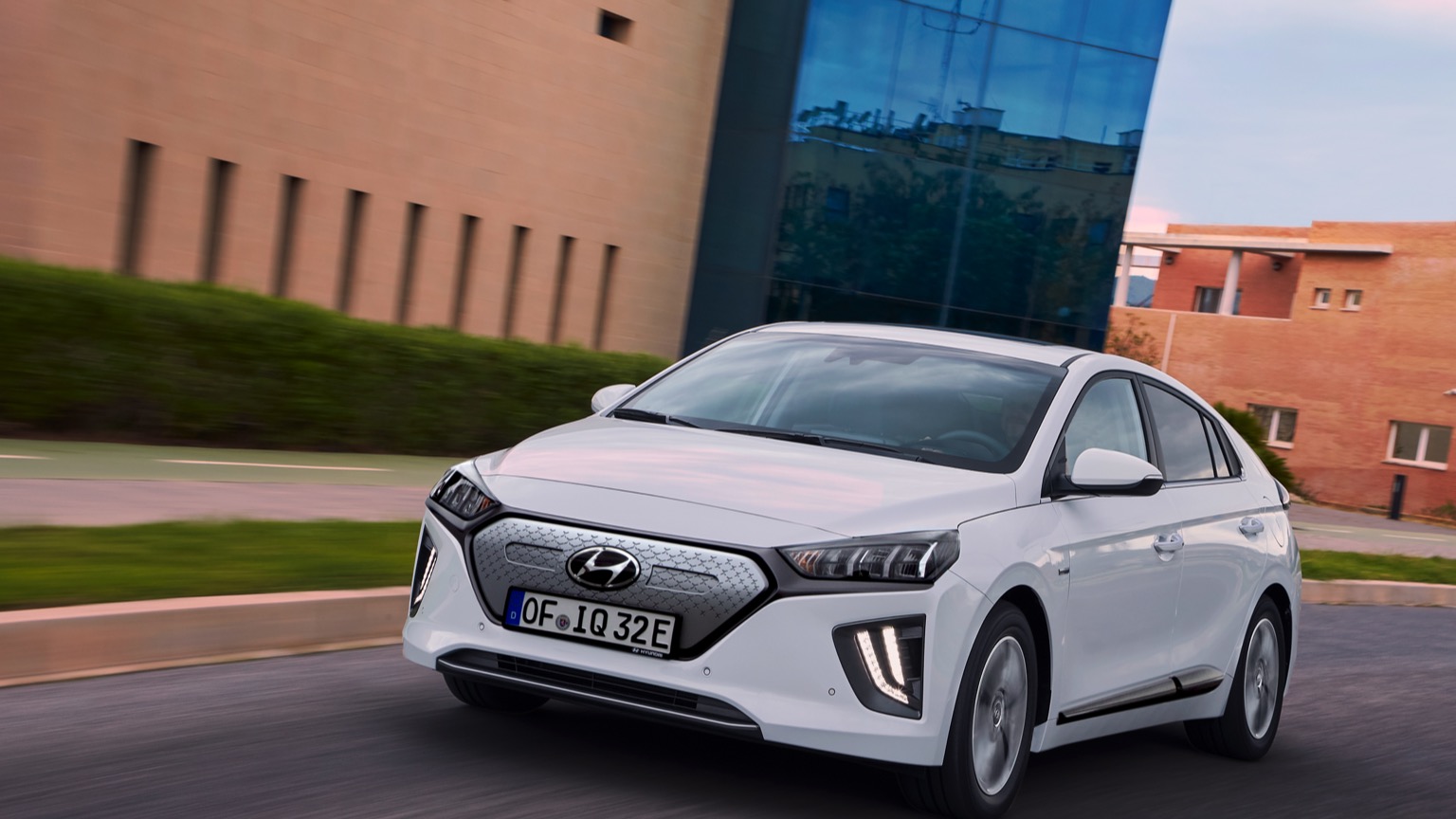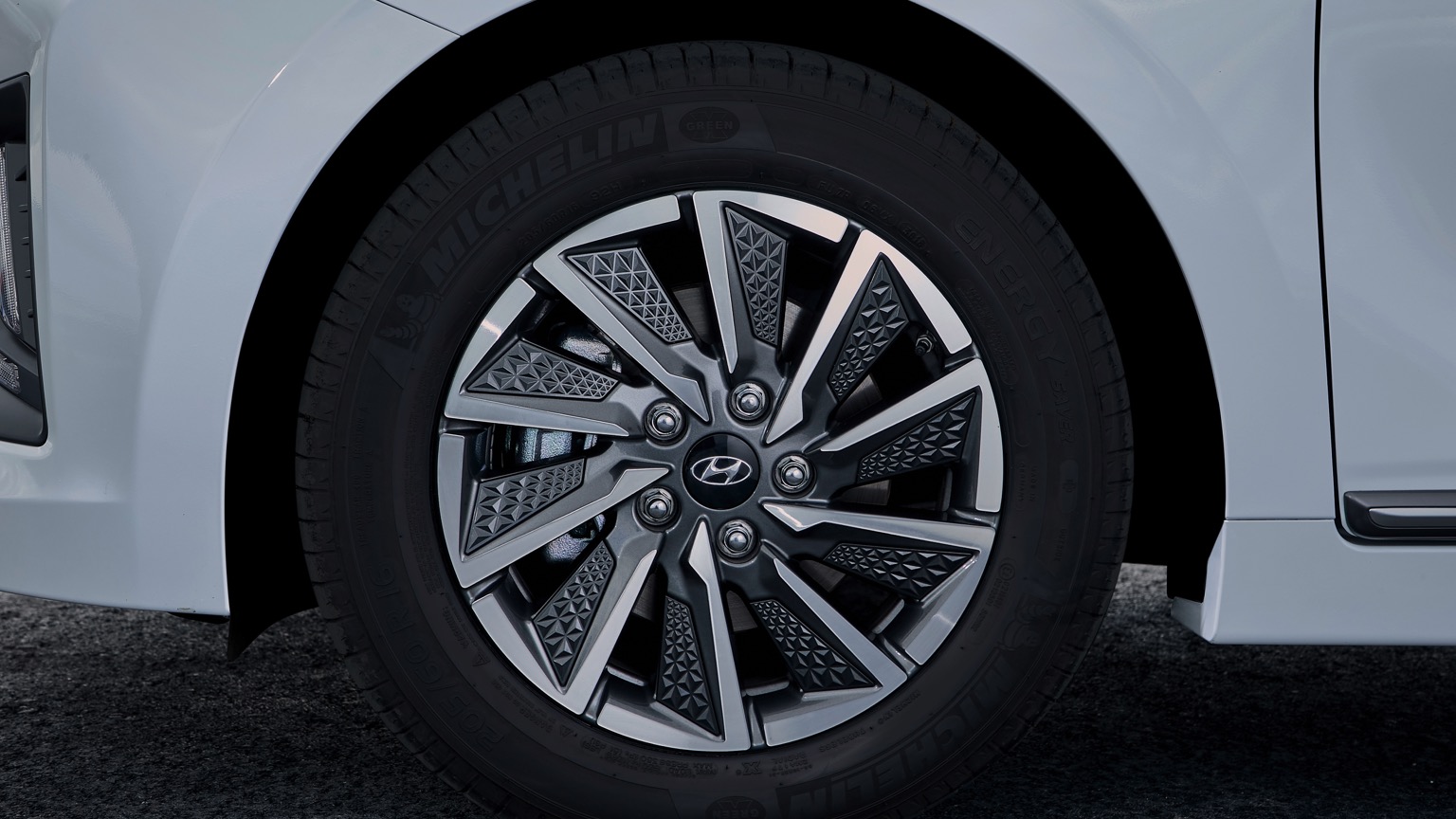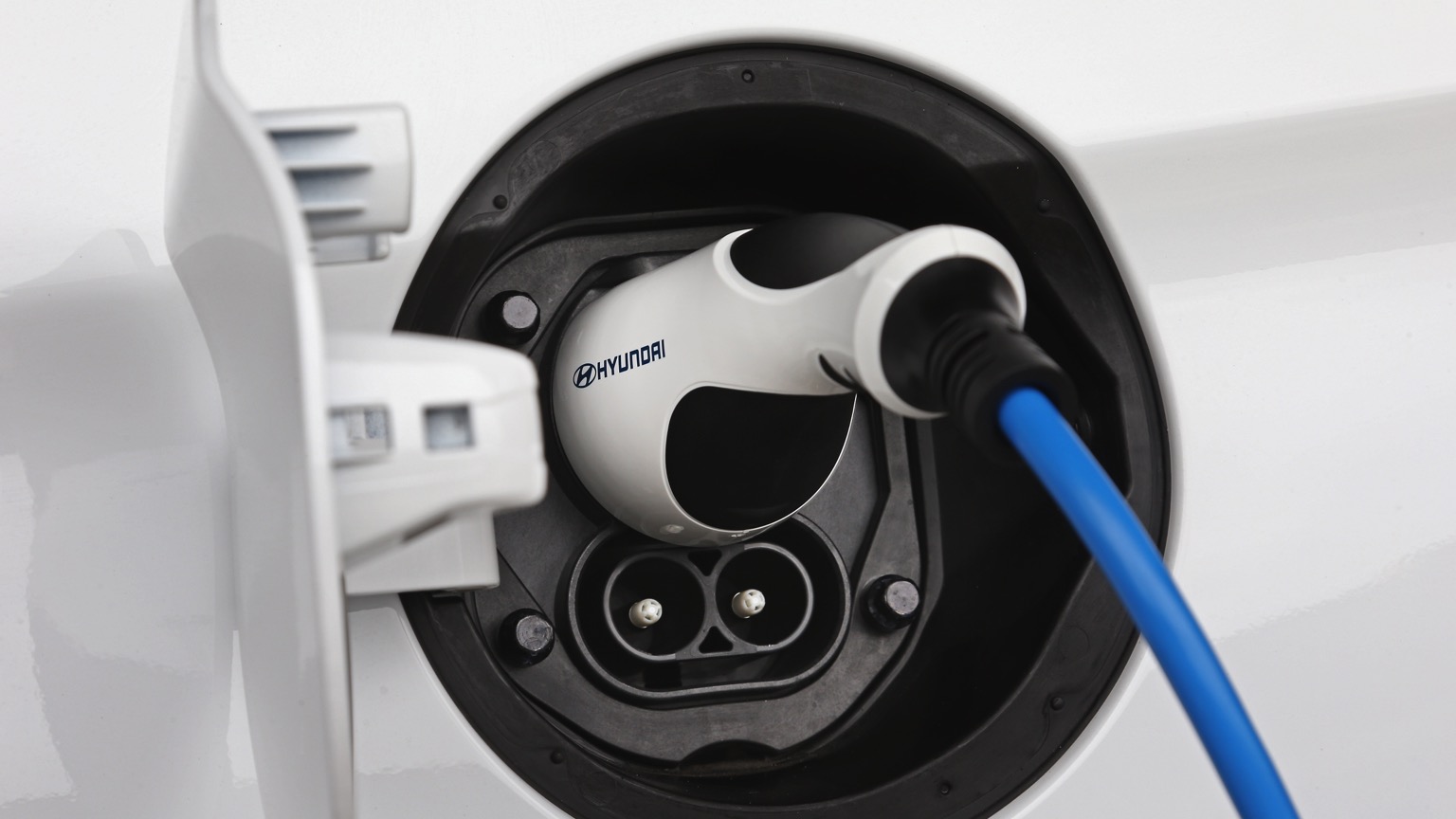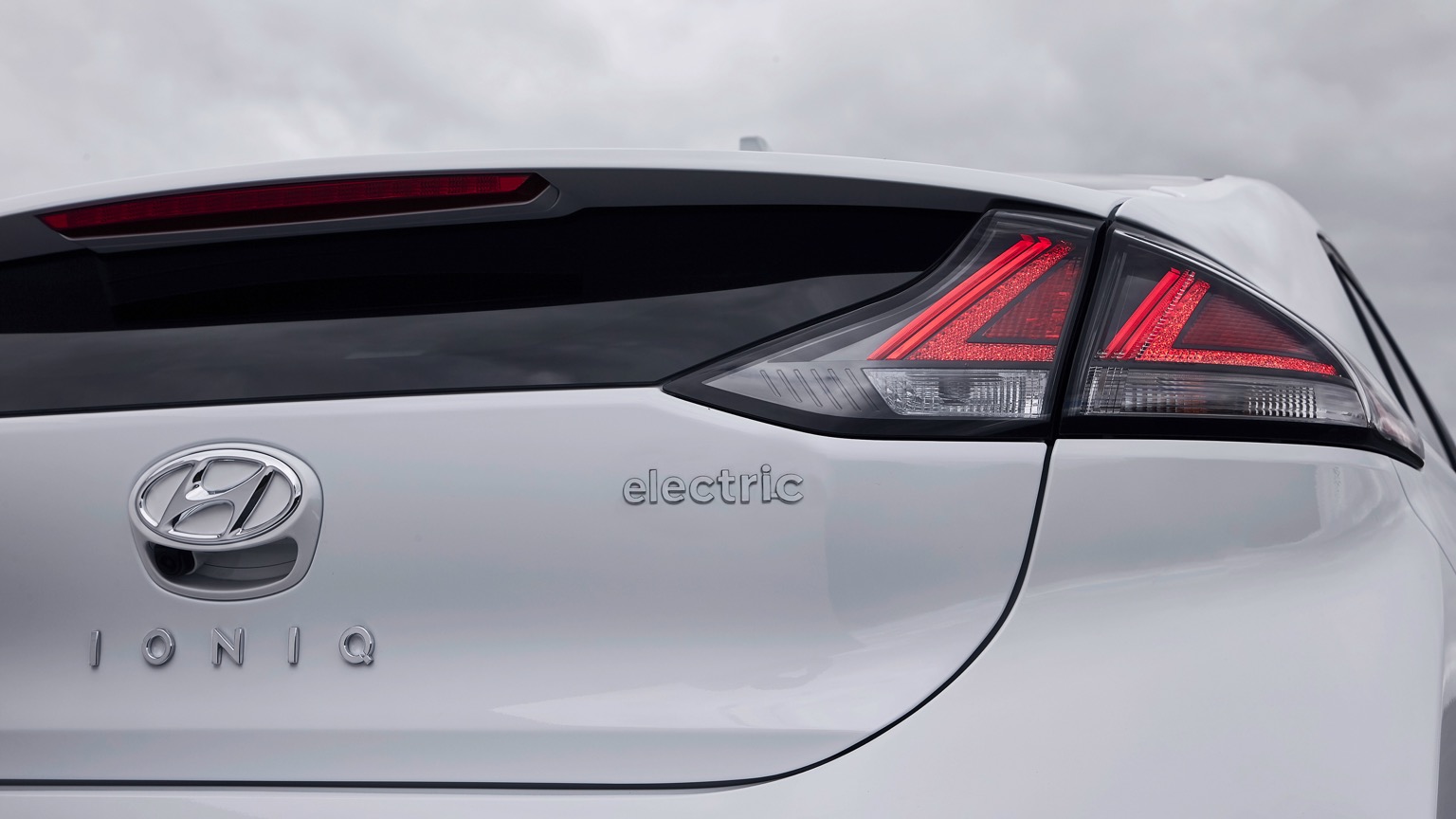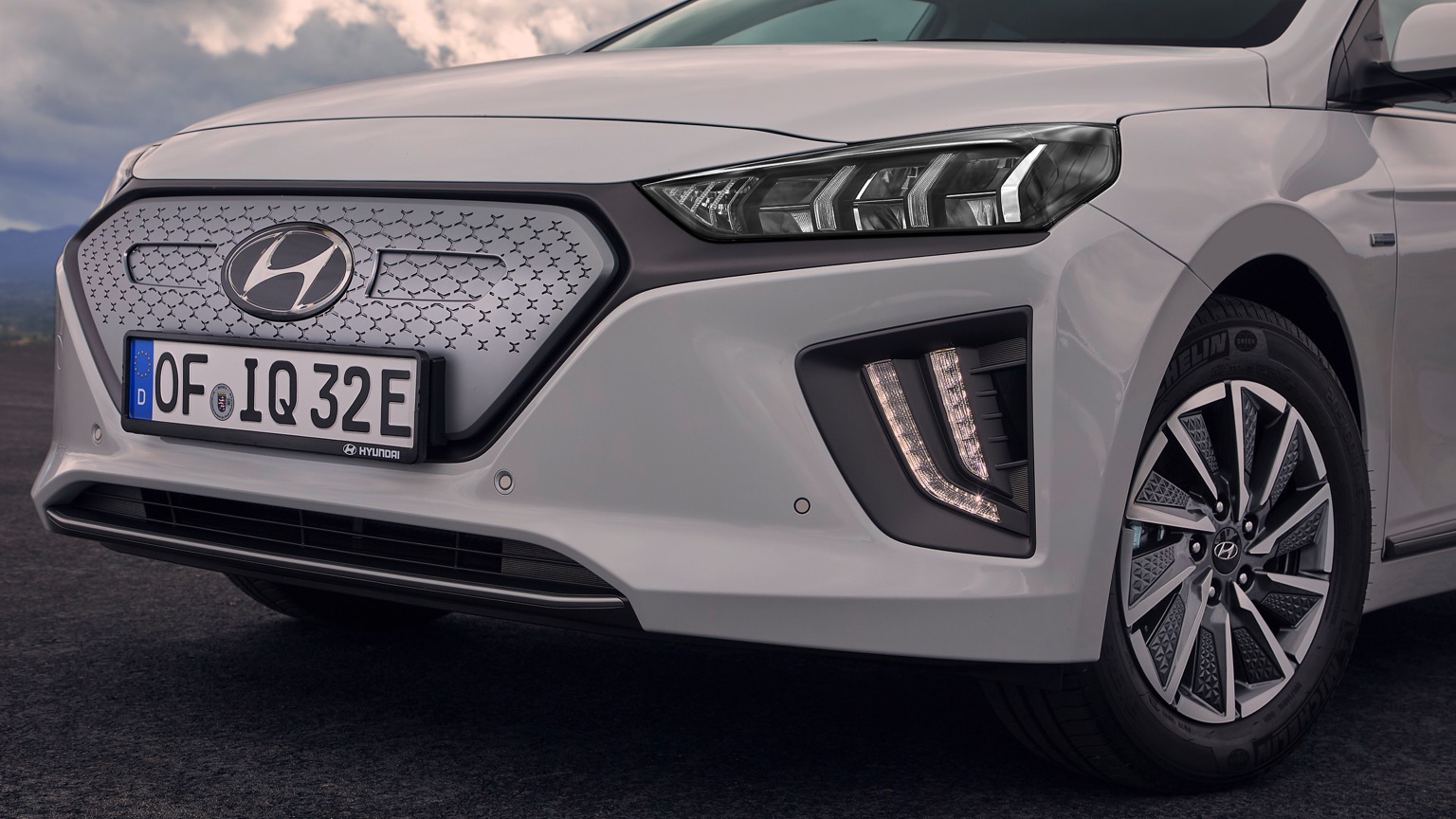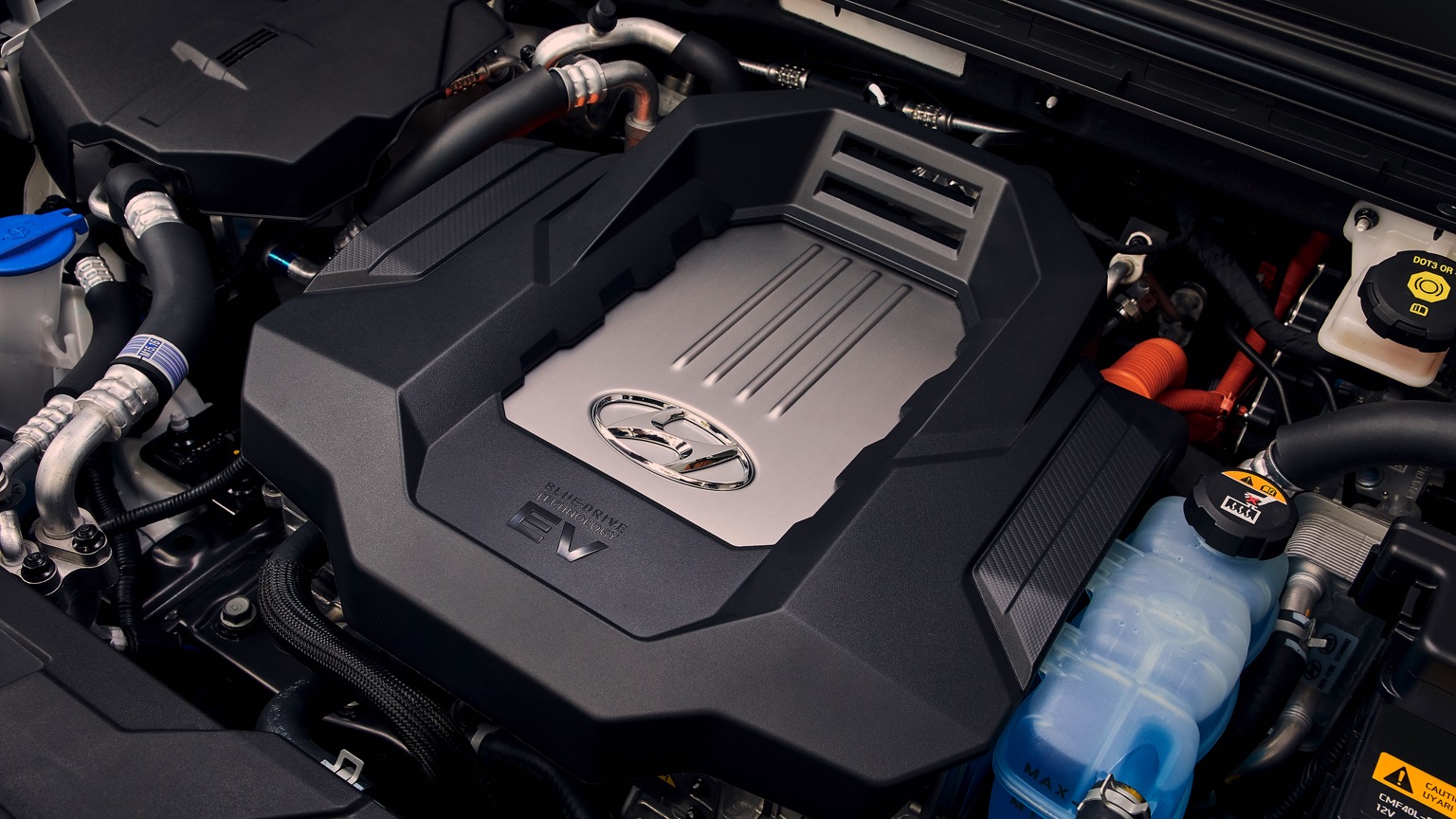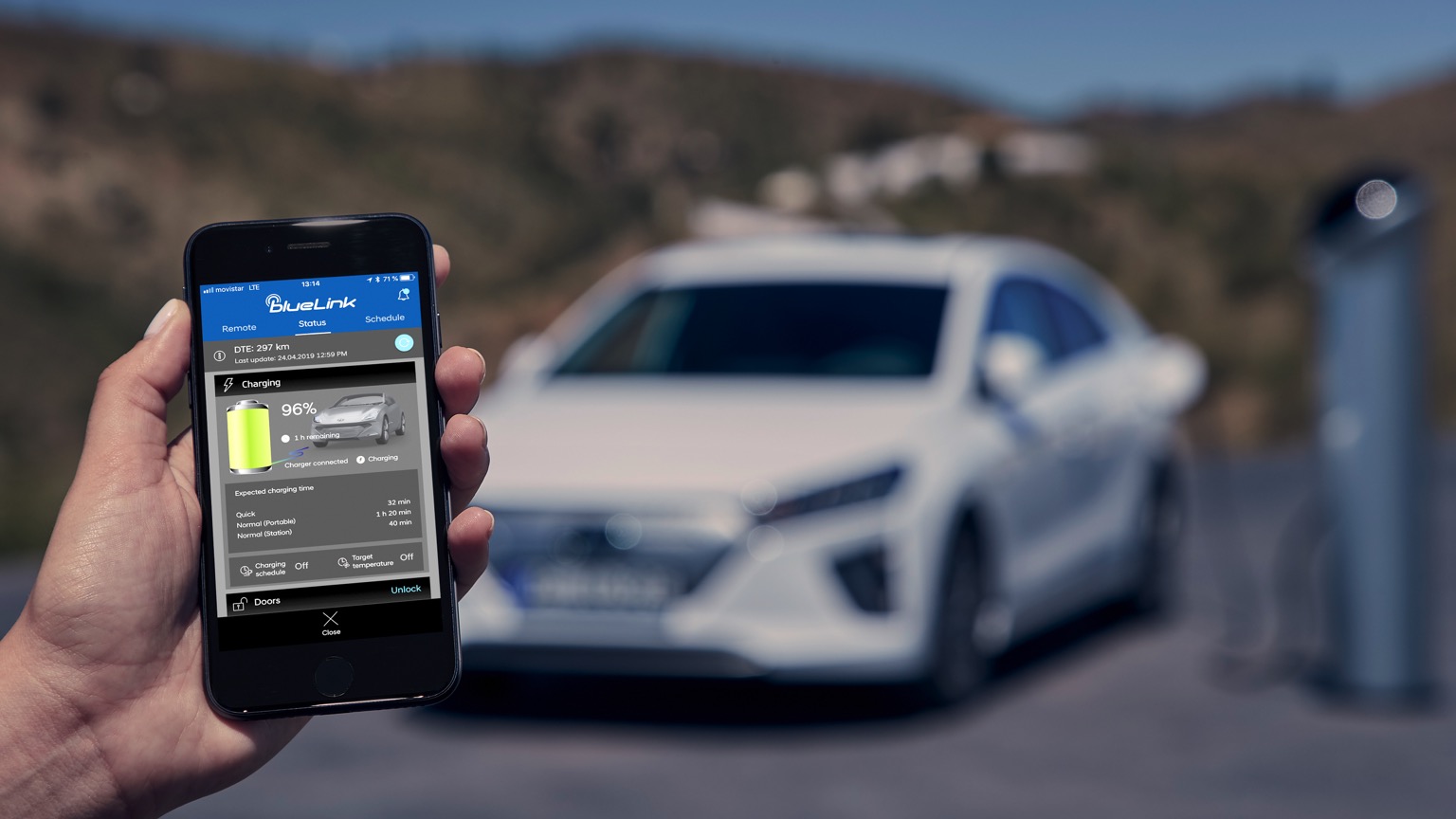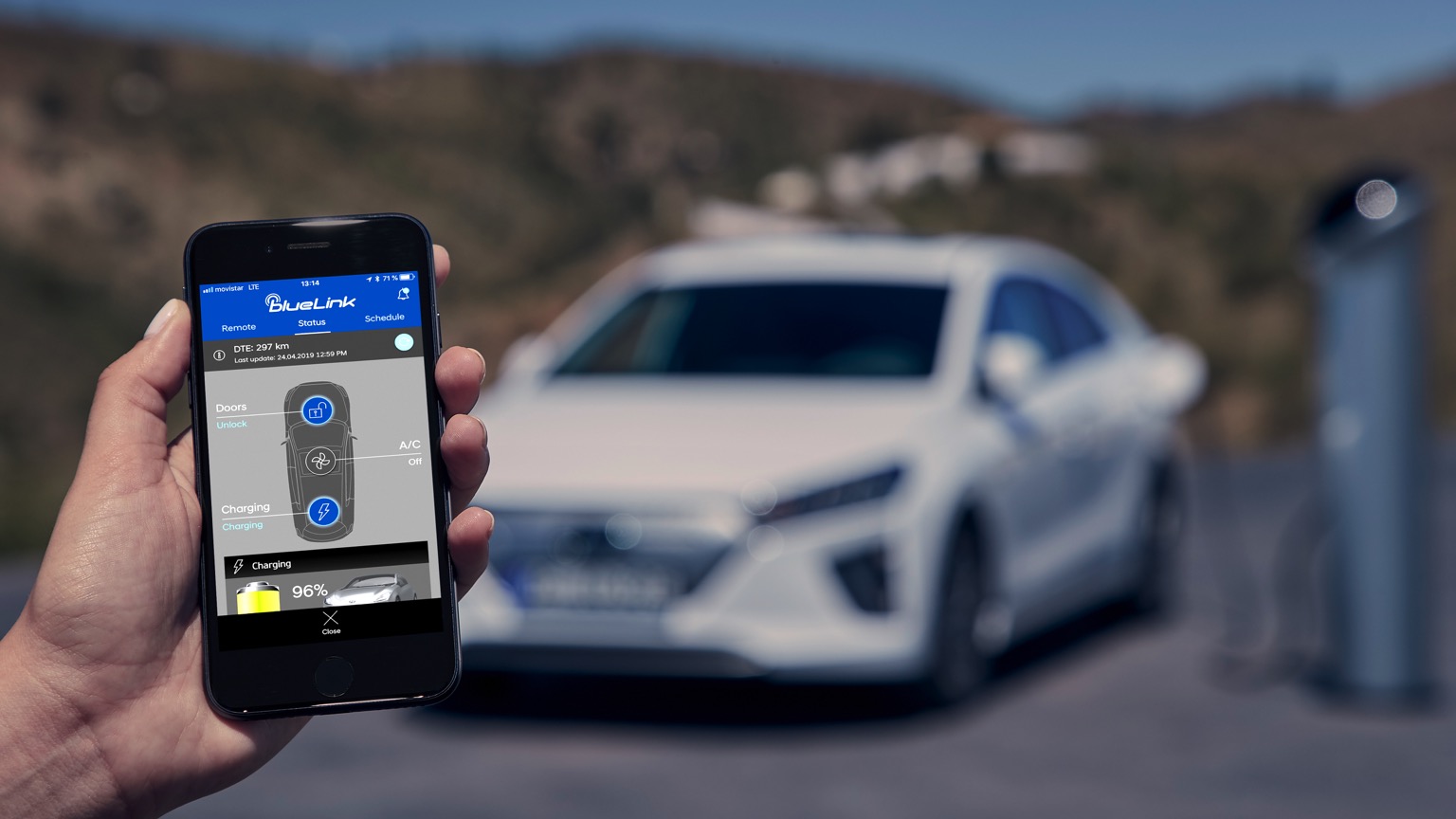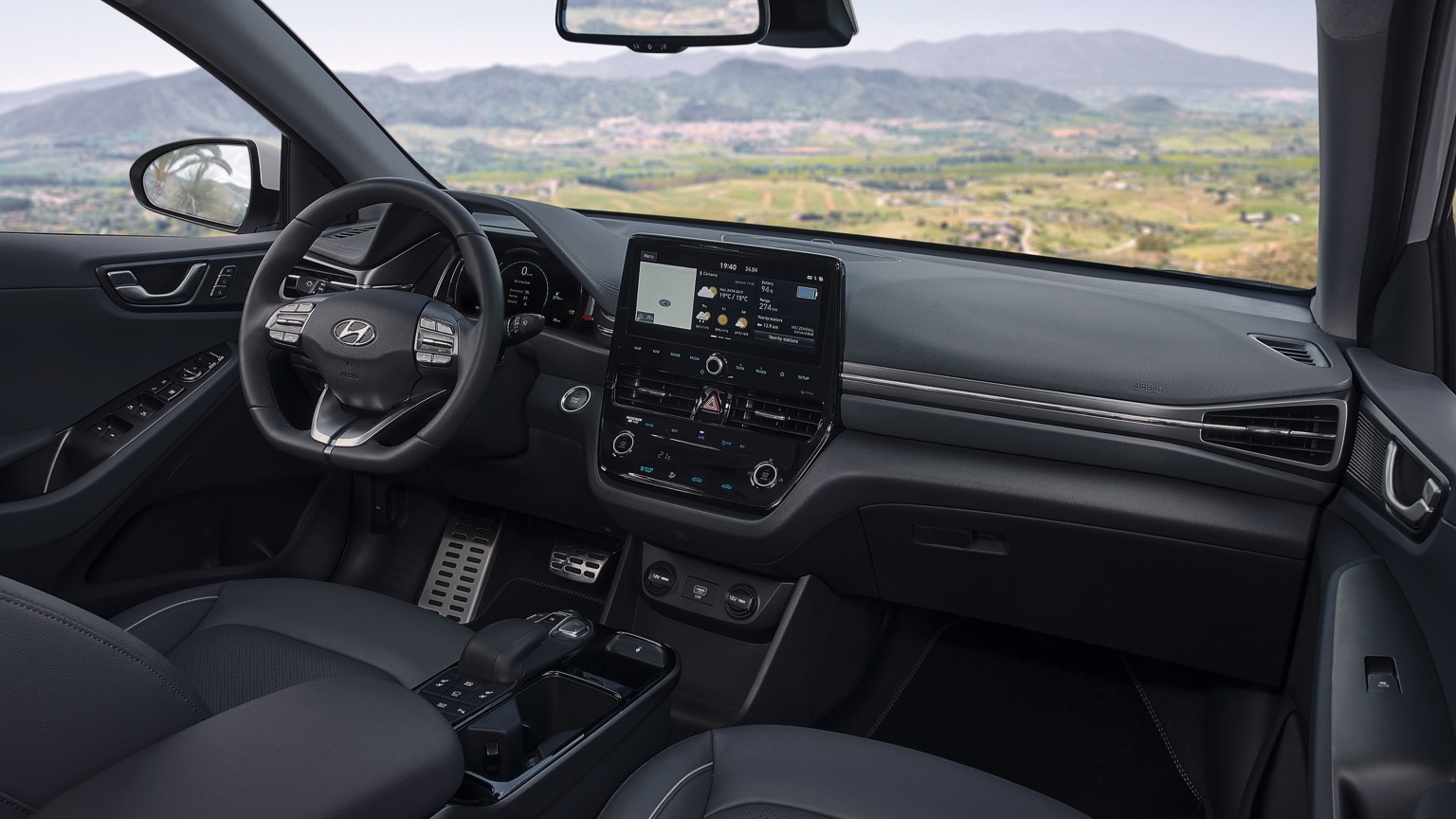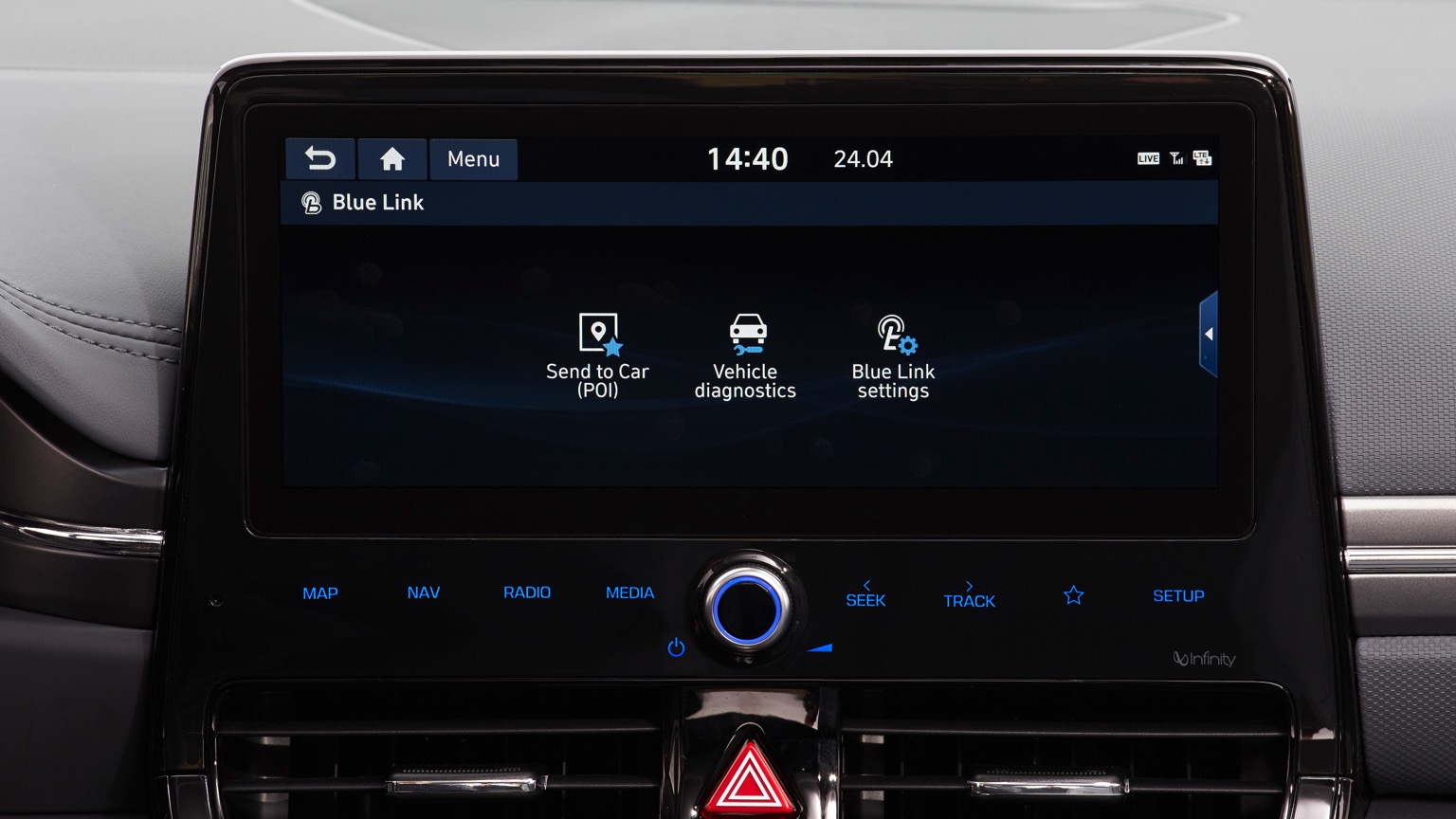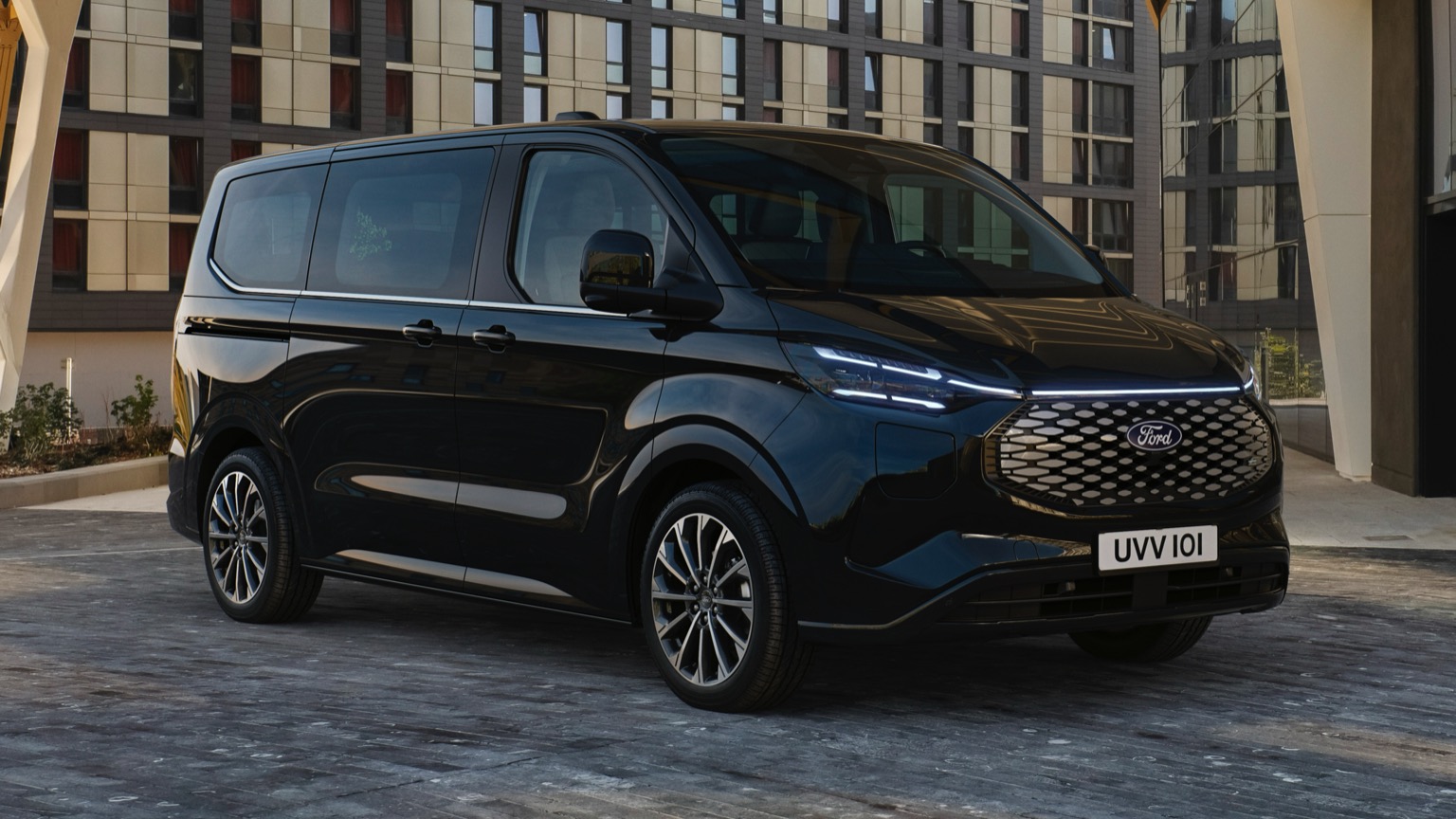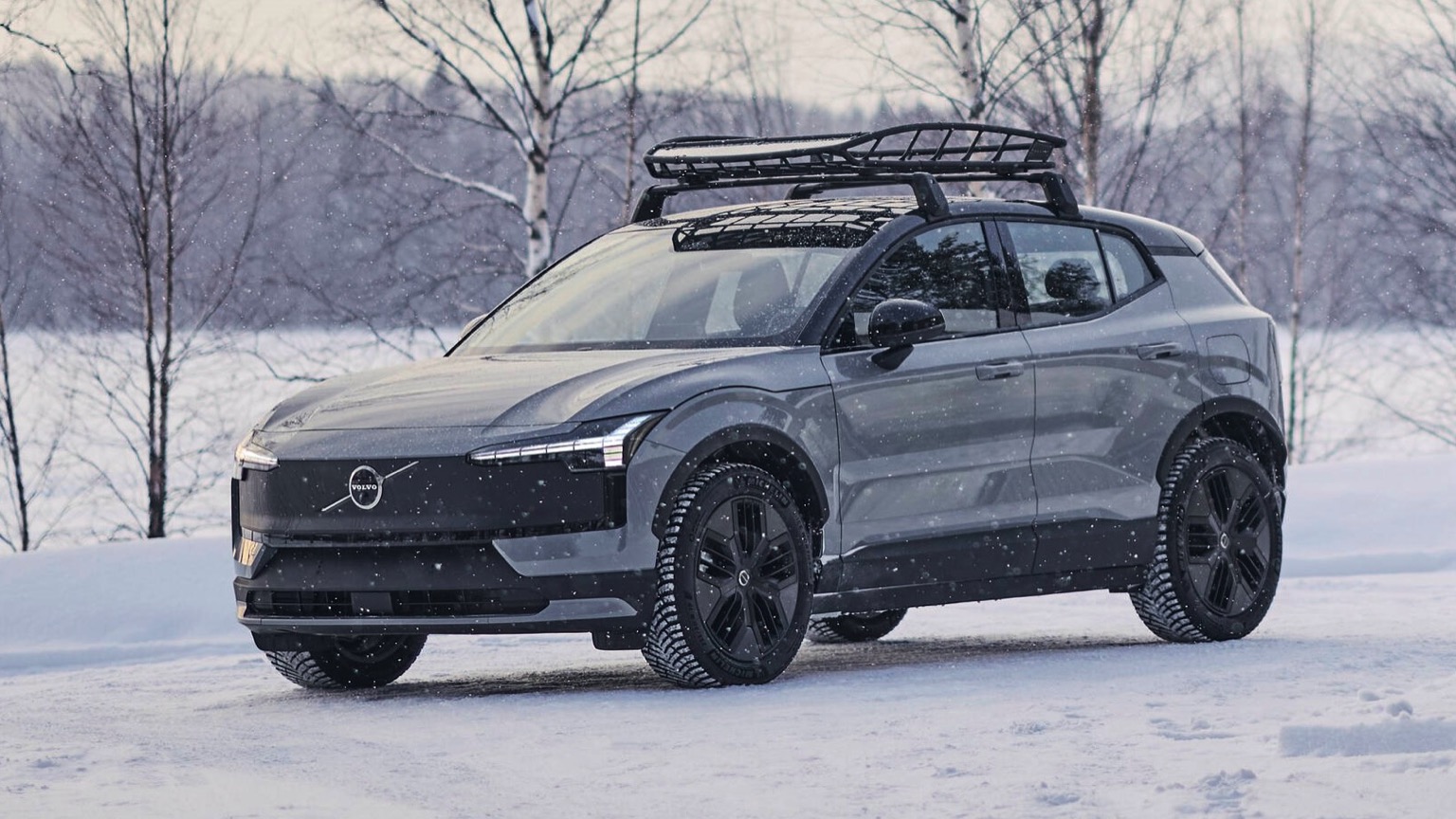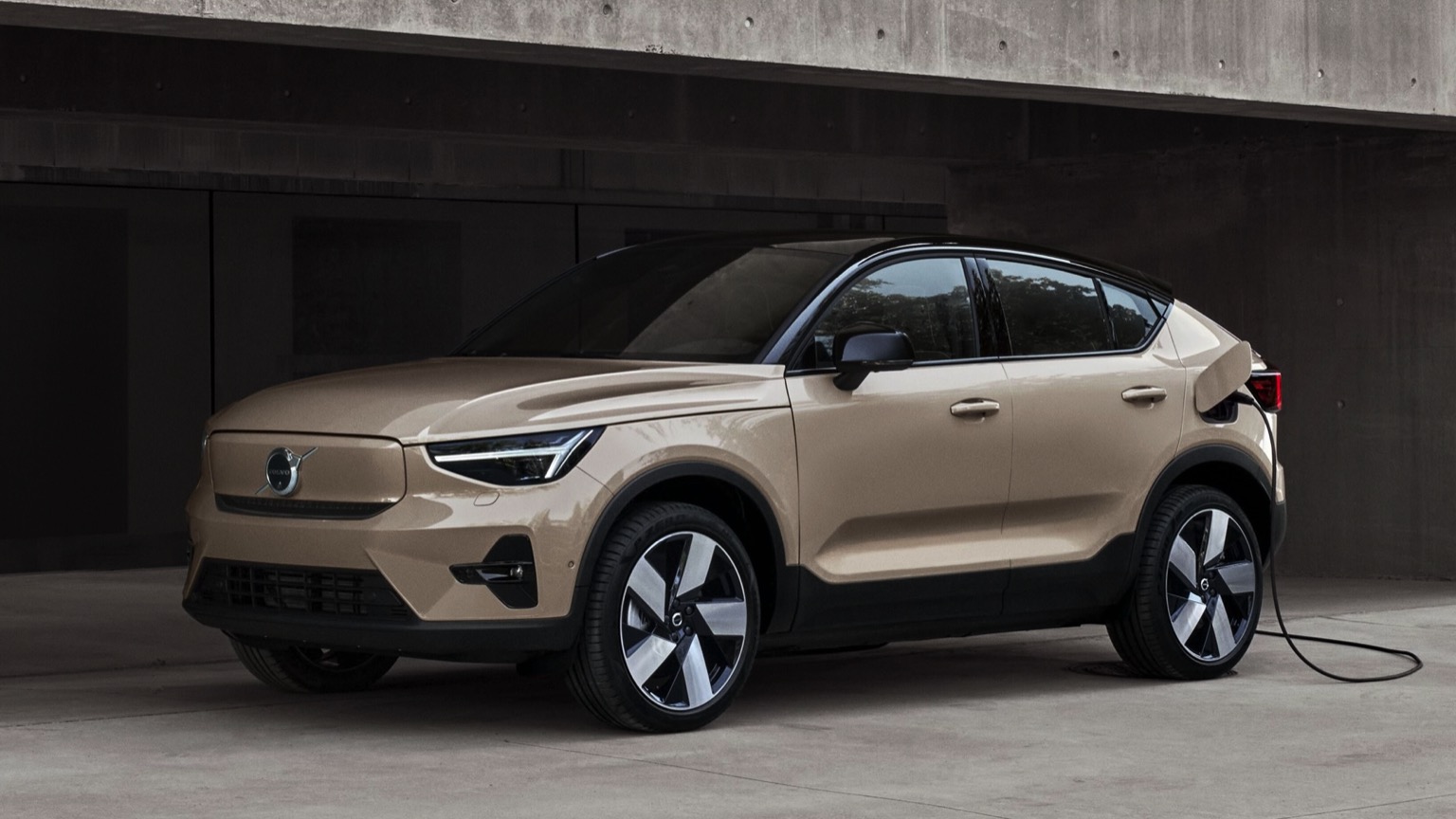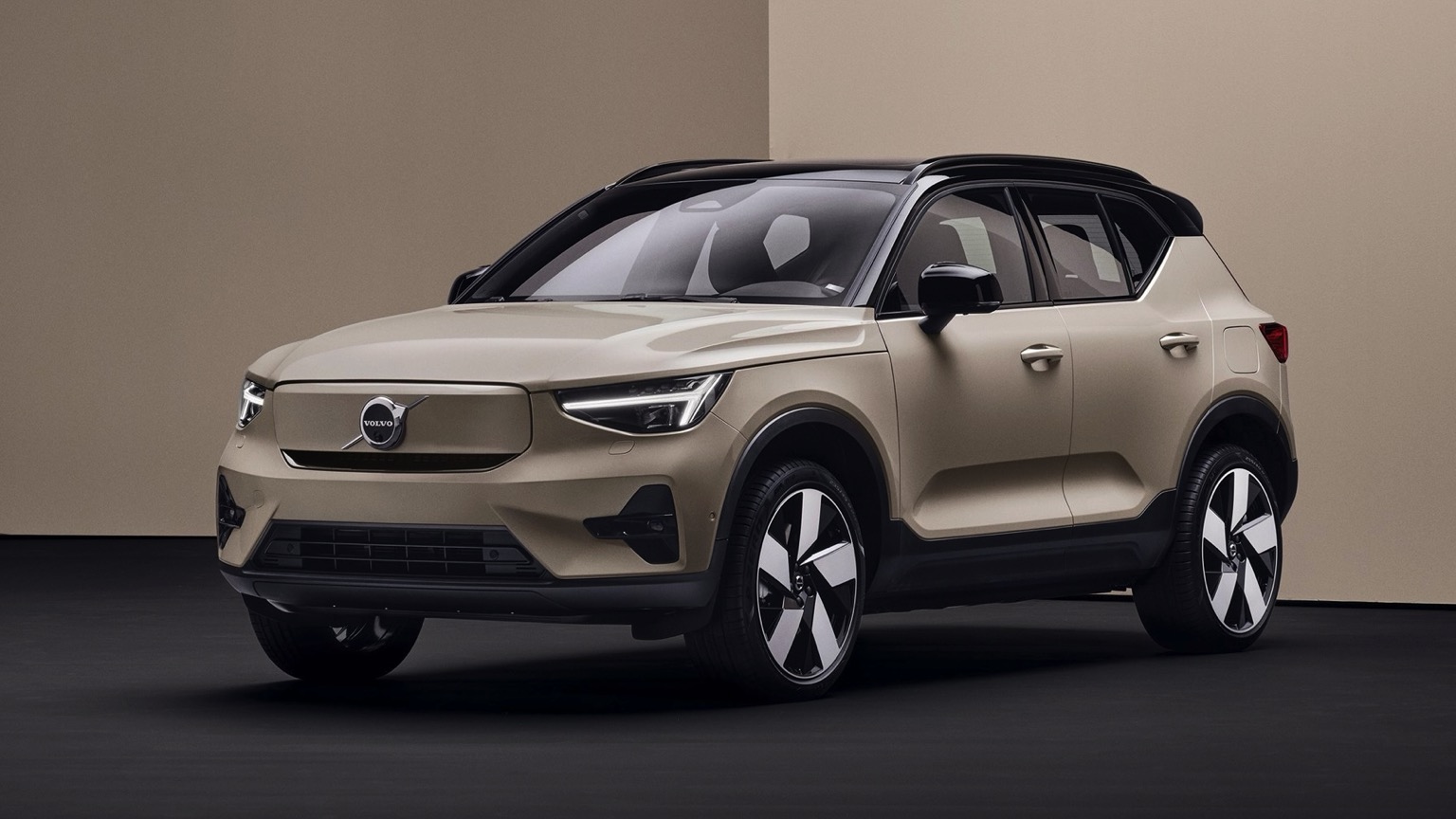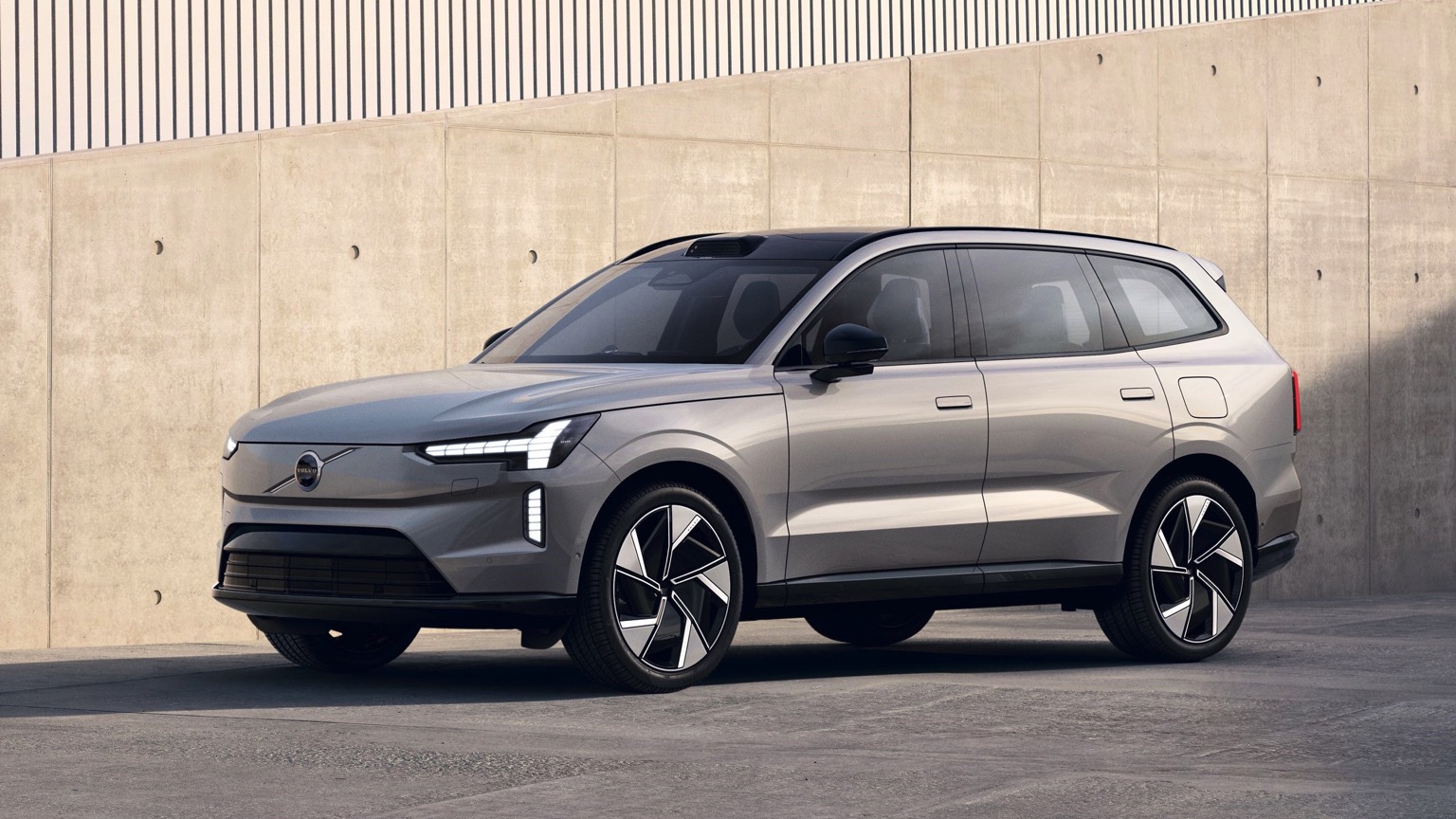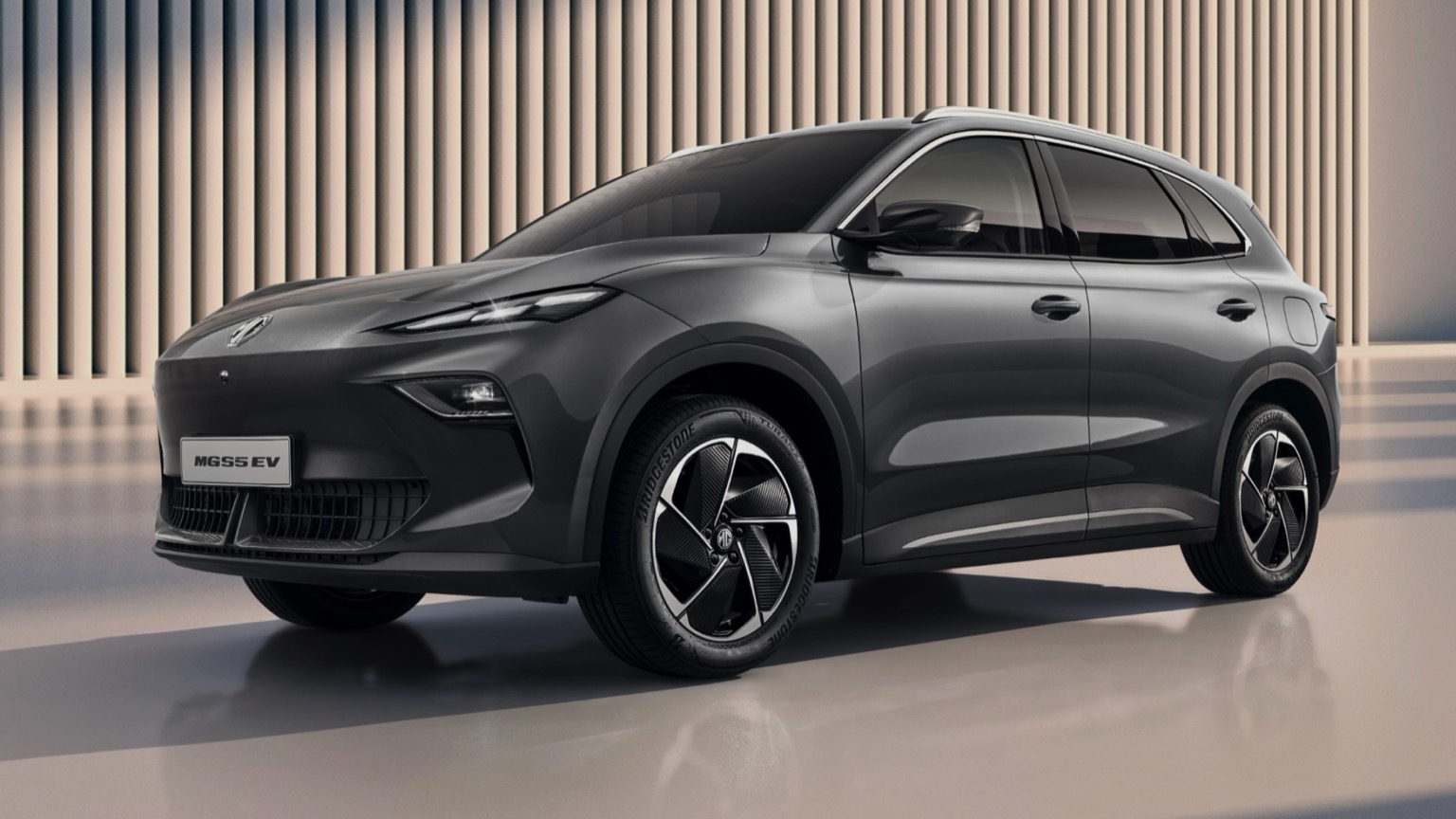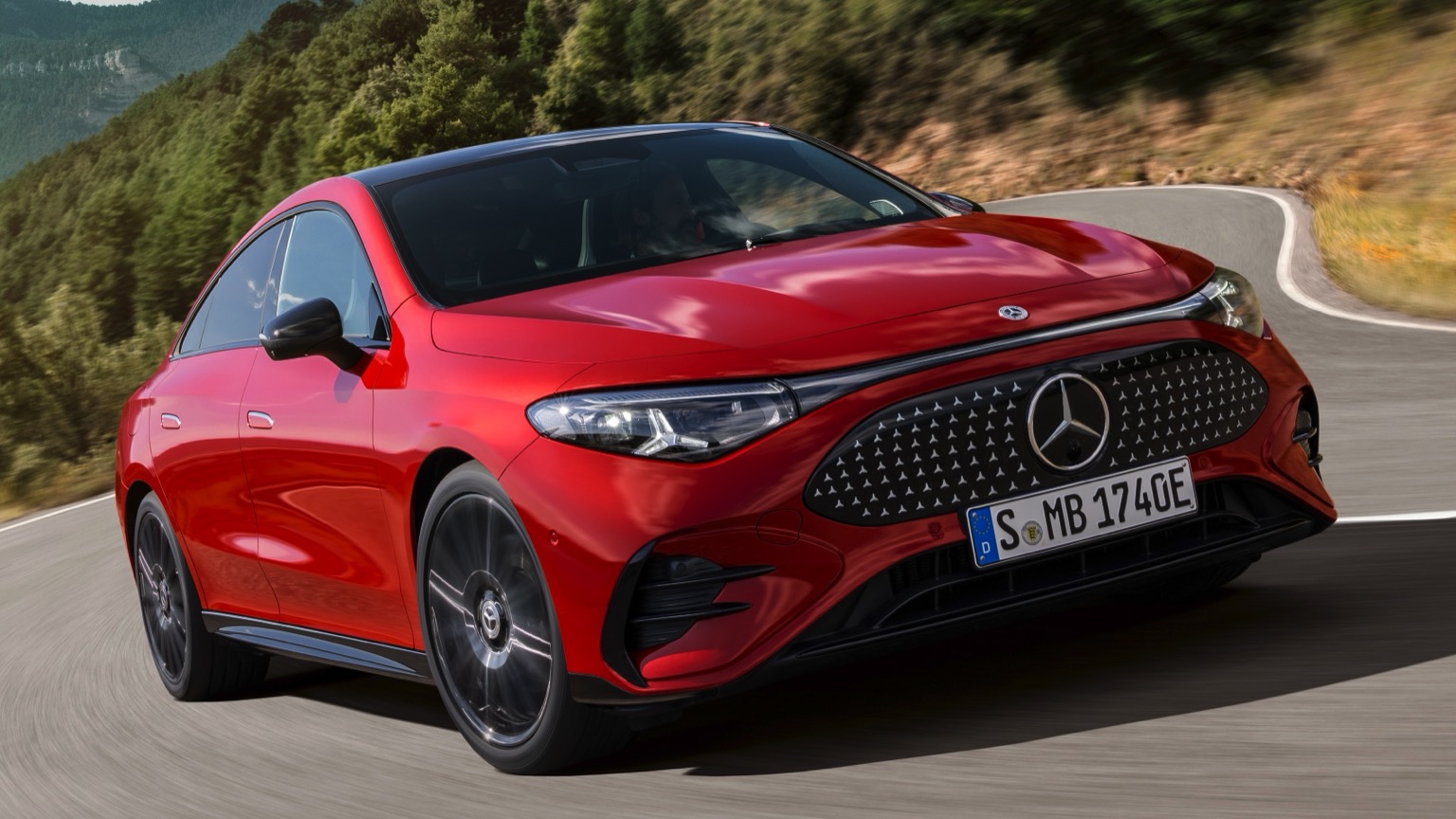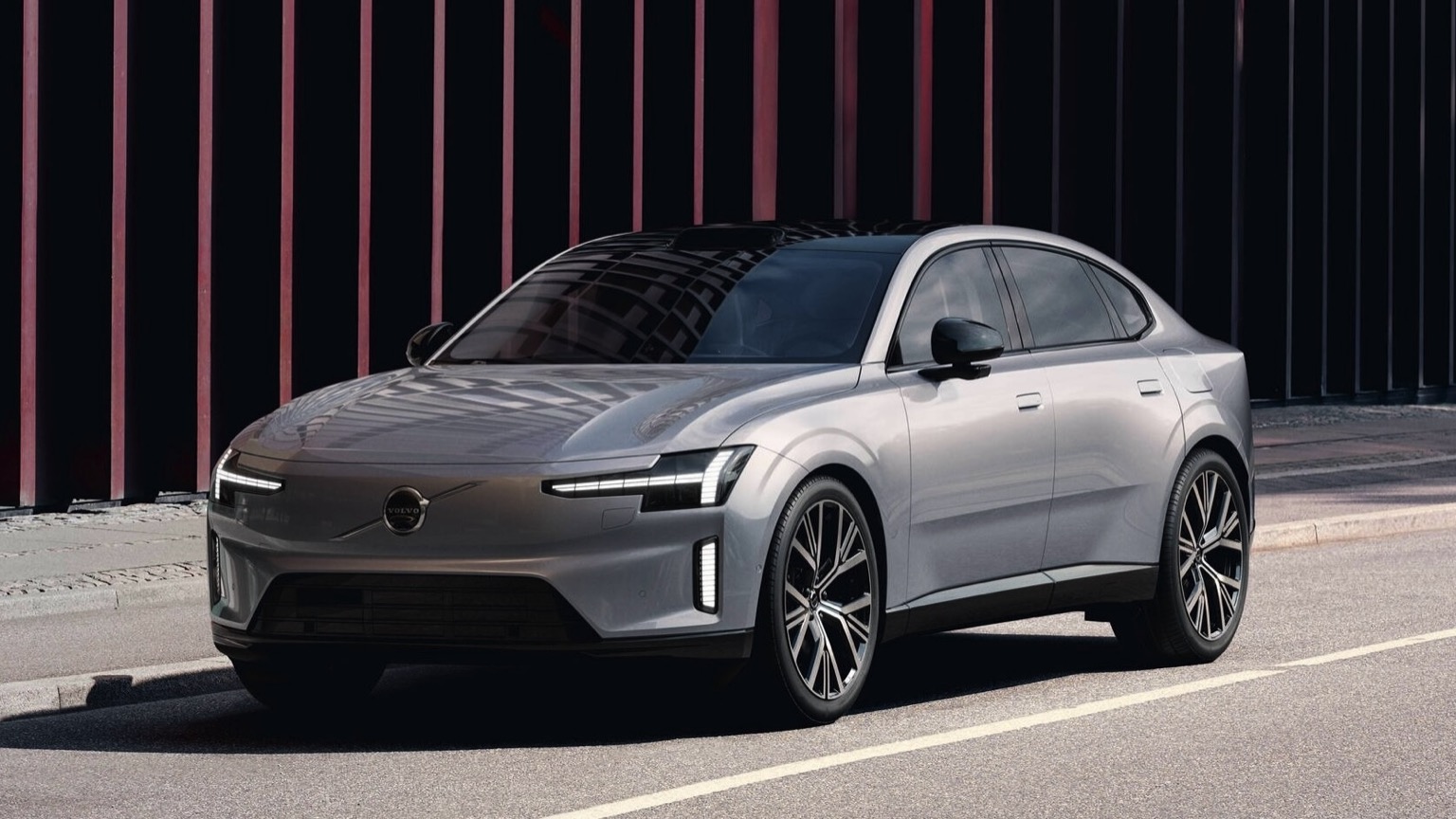Driving Range
In short, how many miles you can travel on a full charge. Is length important? Let’s not open that can of worms…
Efficiency
How many kWh of charge are needed to travel a set distance. The fewer needed, the more efficient your EV is. Easy!
Battery
The bigger the battery, the more power it can hold. In essence, fewer stops needed to top up your charge. Ahh, simplicity!
Top Speed
The maximum speed you can reach with your foot pressed hard to the floor. Important when escaping a zombie apocalypse, we assume.
Seats
Well, you don’t want to have to leave anybody at home… or do you?
Body
From stylish SUVs and compact crossovers, to curvaceous coupes and handy hatchbacks, there’s a perfect shape for everyone!
Isofix
The safe way to attach a child seat. Typically, these are hidden in the join between the back seats, alongside the crumbs from your last meal deal.
Safety Rating
A measure that considers the amount of safety kit installed, how a vehicle performs in crash testing and how safe it is for both pedestrians and cyclists.
| City - Cold Weather | 145 miles |
| Highway - Cold Weather | 110 miles |
| Combined - Cold Weather | 125 miles |
| City - Mild Weather | 225 miles |
| Highway - Mild Weather | 140 miles |
| Combined - Mild Weather | 180 miles |
Indication of real-world range in several situations. Cold weather: 'worst-case' based on -10°C and use of heating. Mild weather: 'best-case' based on 23°C and no use of A/C. For 'Highway' figures a constant speed of 110 km/h is assumed. The actual range will depend on speed, style of driving, weather and route conditions.
| Charge Port | Type 2 |
| Port Location | Left Side - Rear |
| Charge Power | 7.2 KW AC |
| Charge Time | 6hr 15m |
| Charge Speed | 25 mph |
| Fastcharge Port | CCS |
| FC Port Location | Left Side - Rear |
| Fastcharge Power (max) | 44 |
| Fastcharge Time | 47m |
| Fastcharge Speed | 130 mph |
General Charging (0 - 100%)
Charging is possible by using a regular wall plug or a charging station. Public charging is always done through a charging station. How fast the EV can charge depends on the charging station (EVSE) used and the maximum charging capacity of the EV
| Charging Point:Charging Point | Power:Power | Time:Time |
|---|---|---|
| Charging Point:Wall Plug | Power:2.3 kW | Time:19hr 45m |
| Charging Point:1-Phase 16A | Power:3.68 kW | Time:12hr 15m |
| Charging Point:1-Phase 32A | Power:7.36 kW | Time:6hr 15m |
| Charging Point:3-Phase 16A | Power:3.68 kW | Time:12hr 15m |
| Charging Point:3-Phase 32A | Power:7.36 kW | Time:6hr 15m |
Rapid Charging (10 - 80%)
Rapid charging enables longer journeys by adding as much range as possible in the shortest amount of time. Charging power will decrease significantly after 80% state-of-charge (SoC) has been reached.
| Charging Point:Charging Point | Average Power:Average Power | Time:Time |
|---|---|---|
| Charging Point:CCS 50 | Average Power:34 kW | Time: 50m |
| Charging Point:CCS 175 | Average Power:36 kW | Time: 47m |
| Charging Point:CCS 350 | Average Power:36 kW | Time: 47m |
| EVDB Real Range | 155 miles |
| EVDB Vehicle Consumption | 247 Wh/mi |
| EVDB CO2 Emissions | 0 g/mi |
| EVDB Vehicle Fuel Equivalent | 1.64 l/100mi |
| WLTP Real Range | 193 miles |
| WLTP Rated Consumption | 22.2 Wh/mi |
| WLTP Vehicle Consumption | 19.8 Wh/mi |
| WLTP CO2 Emissions | 0 g/mi |
| WLTP Rated Fuel Equivalent | 1.82 l/100mi |
| WLTP Vehicle Fuel Equivalent | 2.04 l/100mi |
| Acceleration 0 - 100 km/h | 9.7 sec |
| Top Speed | 103 mph |
| Electric Range* | 155 miles |
| Total Power* | 100 kWh |
| Total Torque* | 295 Nm |
| Drive | Front |
| Safety Rating | |
| Rating Year | 2016 |
| Adult Occupant | 91% |
| Child Occupant | 80% |
| Vulnerable Road Users | 70% |
| Safety Assist | 82% |
For more details on the safety rating of this vehicle, visit euroncap.com
| Nominal Capacity | 40.4 kWh |
| Battery Type | Lithium-ion |
| Number of Cells | 88 |
| Architecture | 400 V |
| Useable Capacity | 38.3 kWh |
| Cathode Material | NCM622 |
| Pack Configuration | 88s2p |
| Nominal Voltage | 325 V |
| Length | 4470 mm |
| Width | 1820 mm |
| Width (with mirrors) | N/A |
| Height | 1450 mm |
| Wheelbase | 2700 mm |
| Weight Unladen (EU) | 1602 kg |
| Gross Vehicle Weight (GVWR) | 1970 kg |
| Max. Payload | 443 kg |
| Cargo Volume | 357 L |
| Cargo Volume (Max) | 1417 L |
| Cargo Volume Frunk | N/A |
| Roof Load | N/A |
| Tow Hitch Possible | No |
| Towing Weight Unbraked | N/A |
| Towing Weight Braked | N/A |
| Vertical Load Max | N/A |
| Seats | 5 |
| Isofix | Yes, 2 seats |
| Turning Circle | 10.6m |
| Platform | N/A |
| Car Body | Liftback Saloon |
| Segment | C |
| Roof Rails | No |
| EV Dedicated Platform | No |
* = estimated value. Average energy consumption and range based on moderate drive style and climate. Real-life values may differ significantly. Pricing information might not be actual for some regions. No rights can be derived from the information on this site.
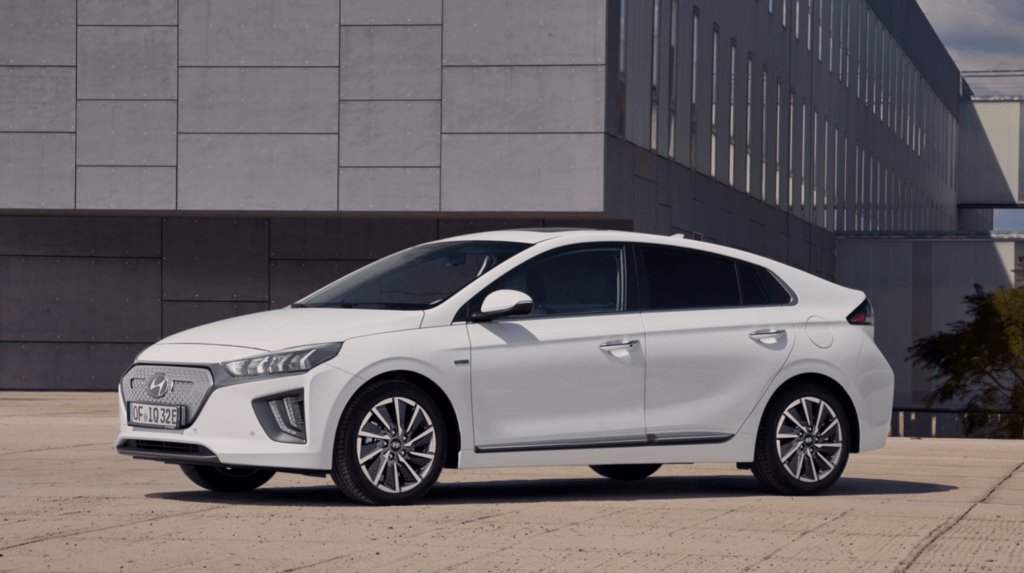
Hyundai IONIQ charging guide
The Hyundai IONIQ ushers in an era of eco-friendly innovation, merging the practicality of everyday driving with the benefits of electric propulsion. As Hyundai’s dedicated electric vehicle line, the IONIQ series promises to deliver a suite of models that cater to diverse needs and preferences.
It stands as a symbol of Hyundai’s commitment to sustainable mobility, offering a sleek design and a driving experience that’s both engaging and environmentally responsible.
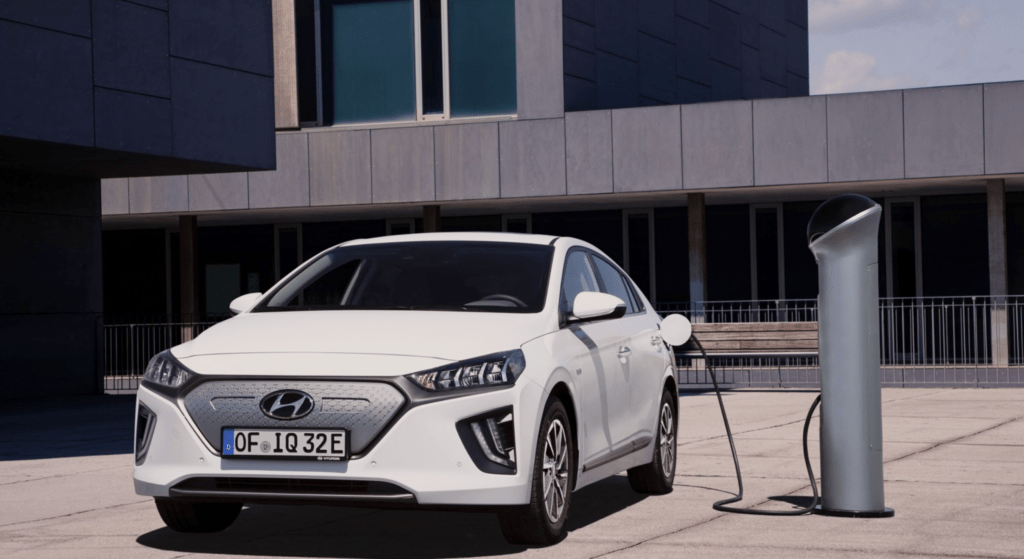
How to charge the Hyundai IONIQ?
Owners of the Hyundai IONIQ have the flexibility to charge their vehicle in multiple locations. However, the most popular means of charging your IONIQ is at home using a home charger.
Installing an adaptive wall charger, such as a zappi, allows IONIQ drivers to recharge their vehicle overnight. While on-the-go, the IONIQ can be charged using public charging stations, including Hyundai’s growing network and partnerships with charging providers, which offer rapid charging capabilities.
How long does it take to charge the Hyundai IONIQ?
5 Hours and 28 minutes*
*Using a standard 7kWh charger, such as zappi it would take just over 5 and a half hours to fully charge your 38.3kWh battery.
What is the range of the Hyundai IONIQ?
155 miles**The range of the Hyundai IONIQ with the 38.3Wh battery, differs between 110 miles and 225 miles depending on your driving conditions and the type of road. Typically, the average range from a full charge will be around 155 miles.
How much does it cost to charge the Hyundai IONIQ?
£2.87**It could cost just £2.87 to charge the Hyundai IONIQ when fully utilising off-peak charging on an Octopus Intelligent tariff, at 0.075p/kWh. In contrast, peak charging on a standard rate of 0.34p/kWh can cost £13.02 to charge up.
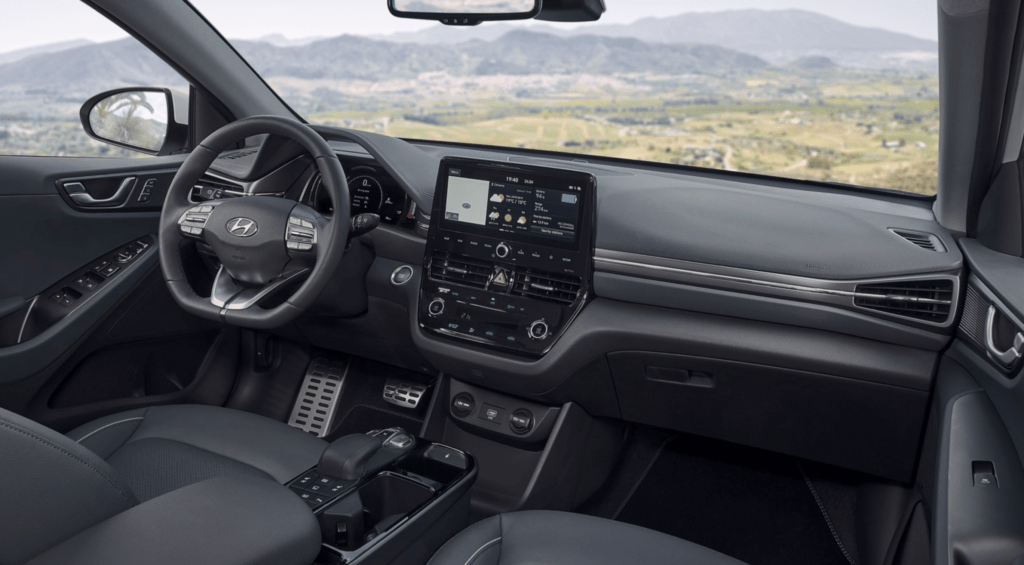
How much does the Hyundai IONIQ cost?
The Hyundai IONIQ’s pricing structure is designed to make electric vehicles more accessible to a broader audience. Starting at approximately £32,050, the IONIQ range offers various options to suit different budgets and lifestyles, all while packing advanced features and a compelling electric powertrain.
*prices correct as of November 2023.
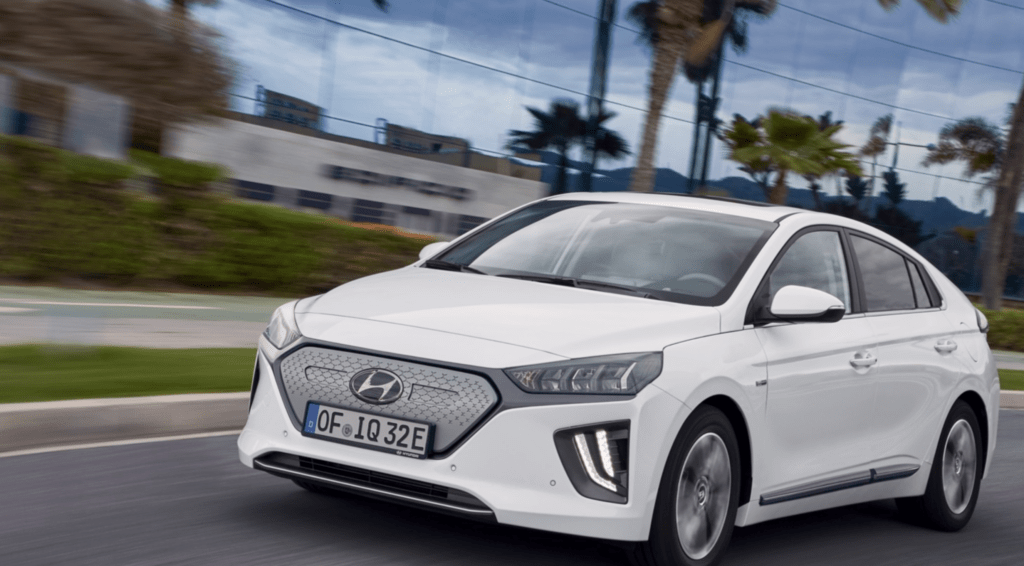
Where is the IONIQ’s charging port?
The charging point on the Hyundai IONIQ is conveniently located at the front of the vehicle. Specifically, it’s found on the grille area, which can be accessed by opening the charging port door.
This location is common among electric vehicles as it allows for easy access to various types of chargers, whether at home, work, or public charging stations.
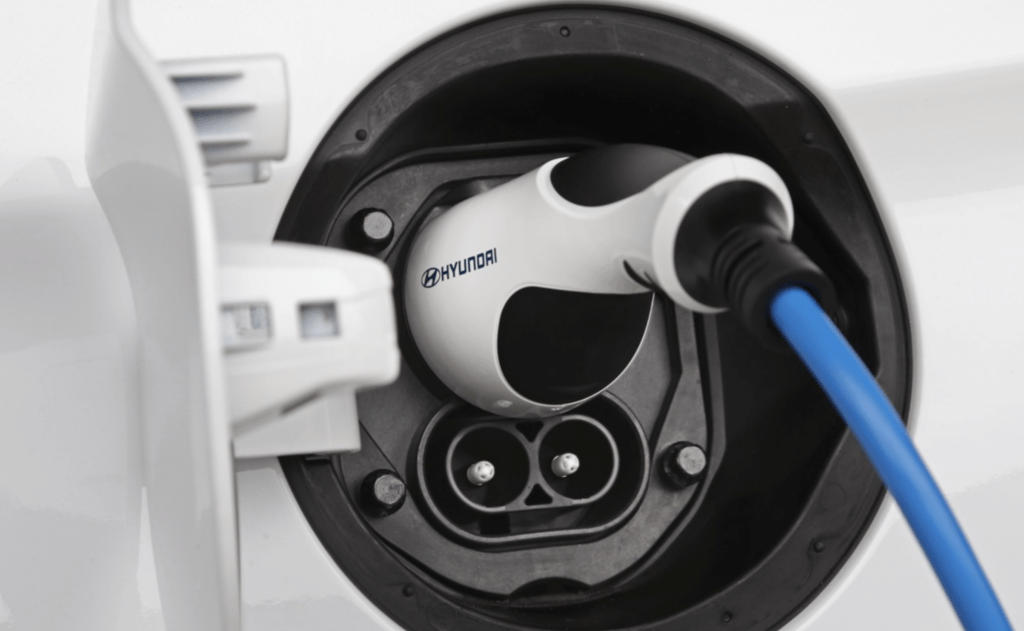
How do I use the IONIQ’s charging port?
To charge the IONIQ, you simply open the charging port door by pressing gently on the designated spot or using a release button inside the vehicle, depending on the model.
Once opened, you can connect the charging cable from your home charging station or public charger to the vehicle. After charging, the port door can be securely closed to maintain the vehicle’s aerodynamic profile and protect the charging interface from the elements.
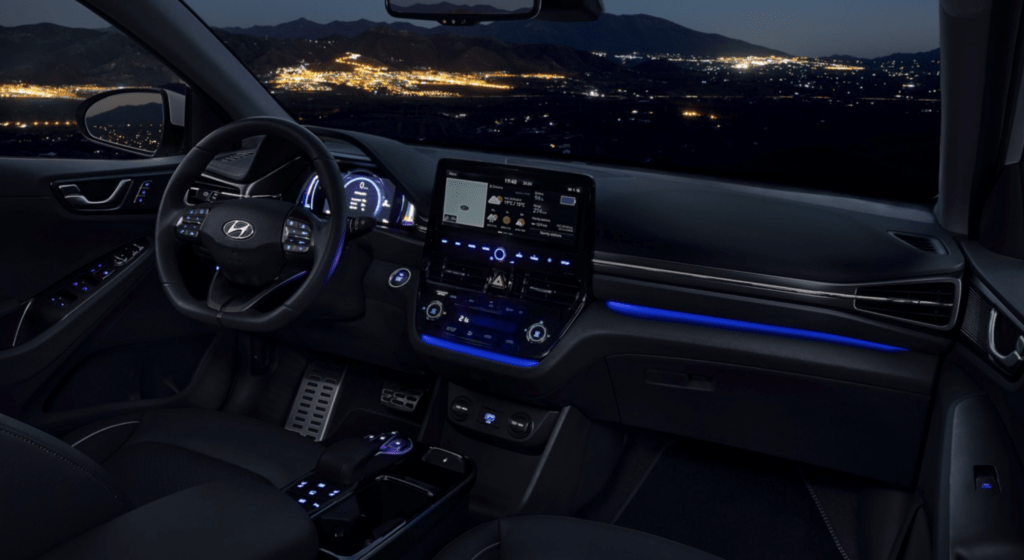
A greener future
The Hyundai IONIQ is not just a vehicle; it’s a progressive step towards a greener future. With its attractive price point, versatile charging options, and impressive range, the IONIQ is built for those who prioritise sustainability, efficiency, and modern electric vehicle technology.
Hyundai’s vision for an eco-friendly driving experience is embodied in every aspect of the IONIQ, ensuring that every journey contributes to a cleaner, more sustainable world.
Similar Electric Vehicles

